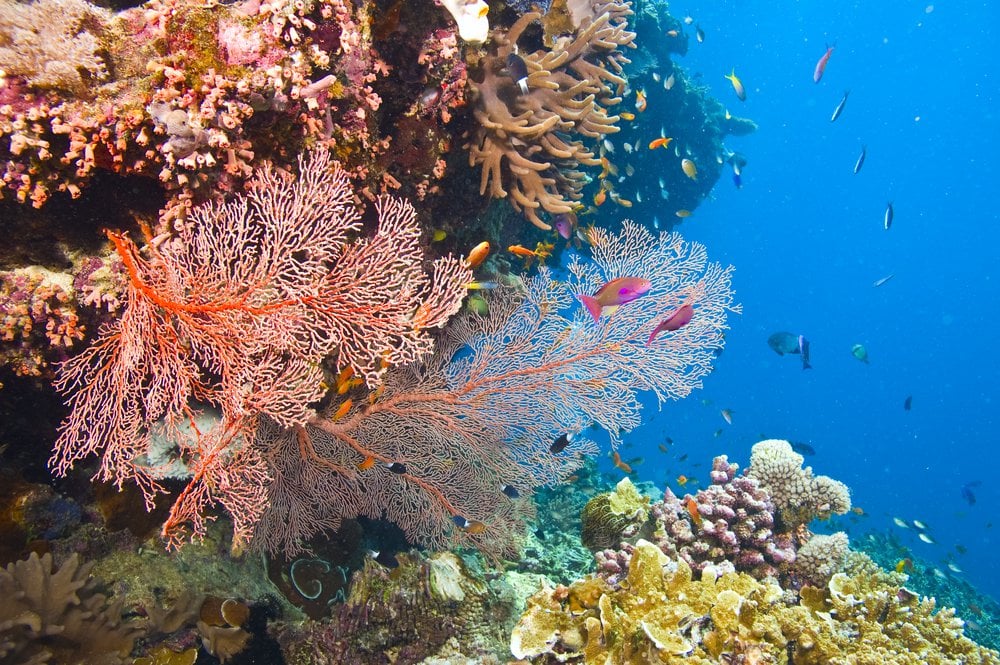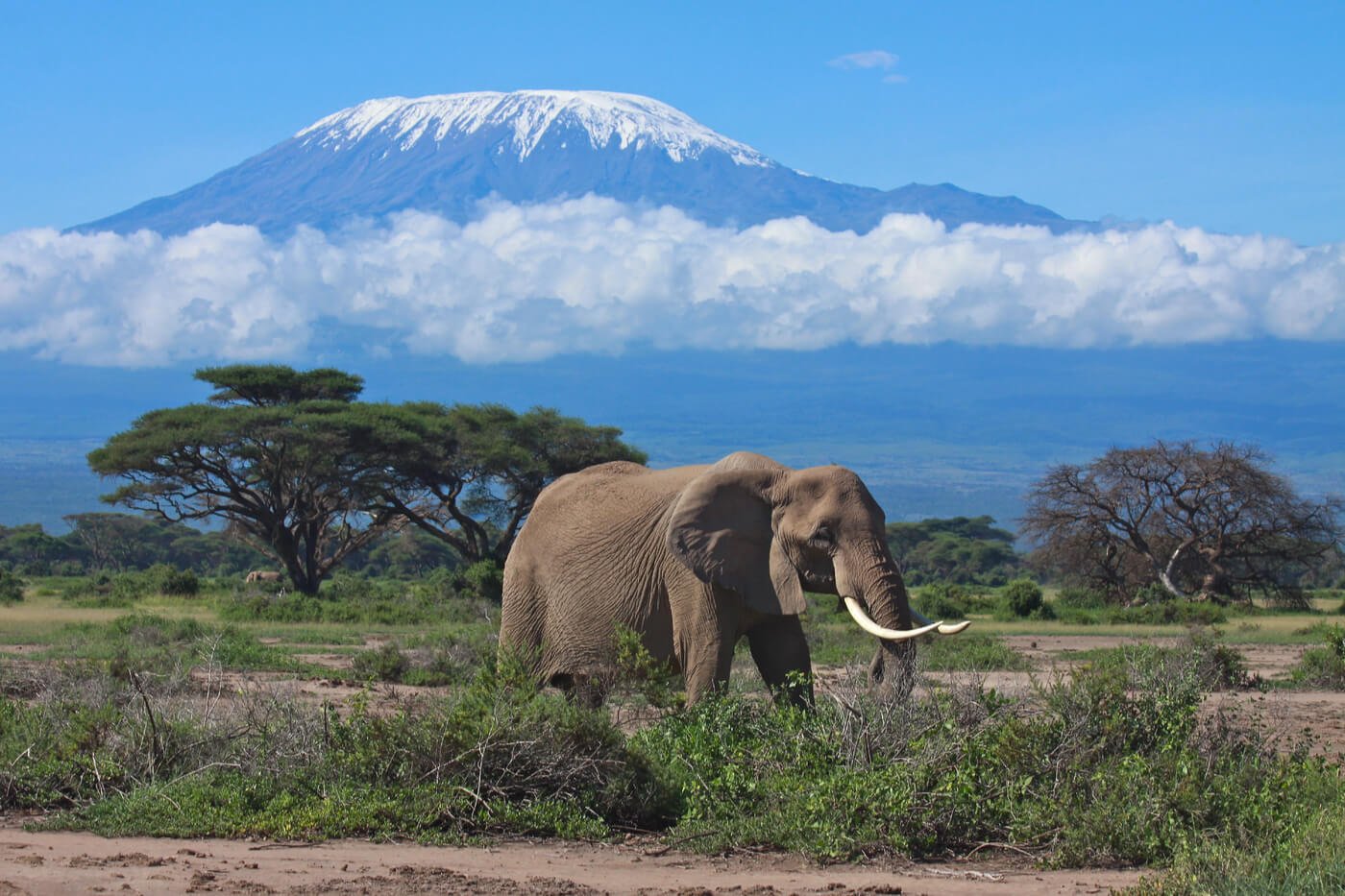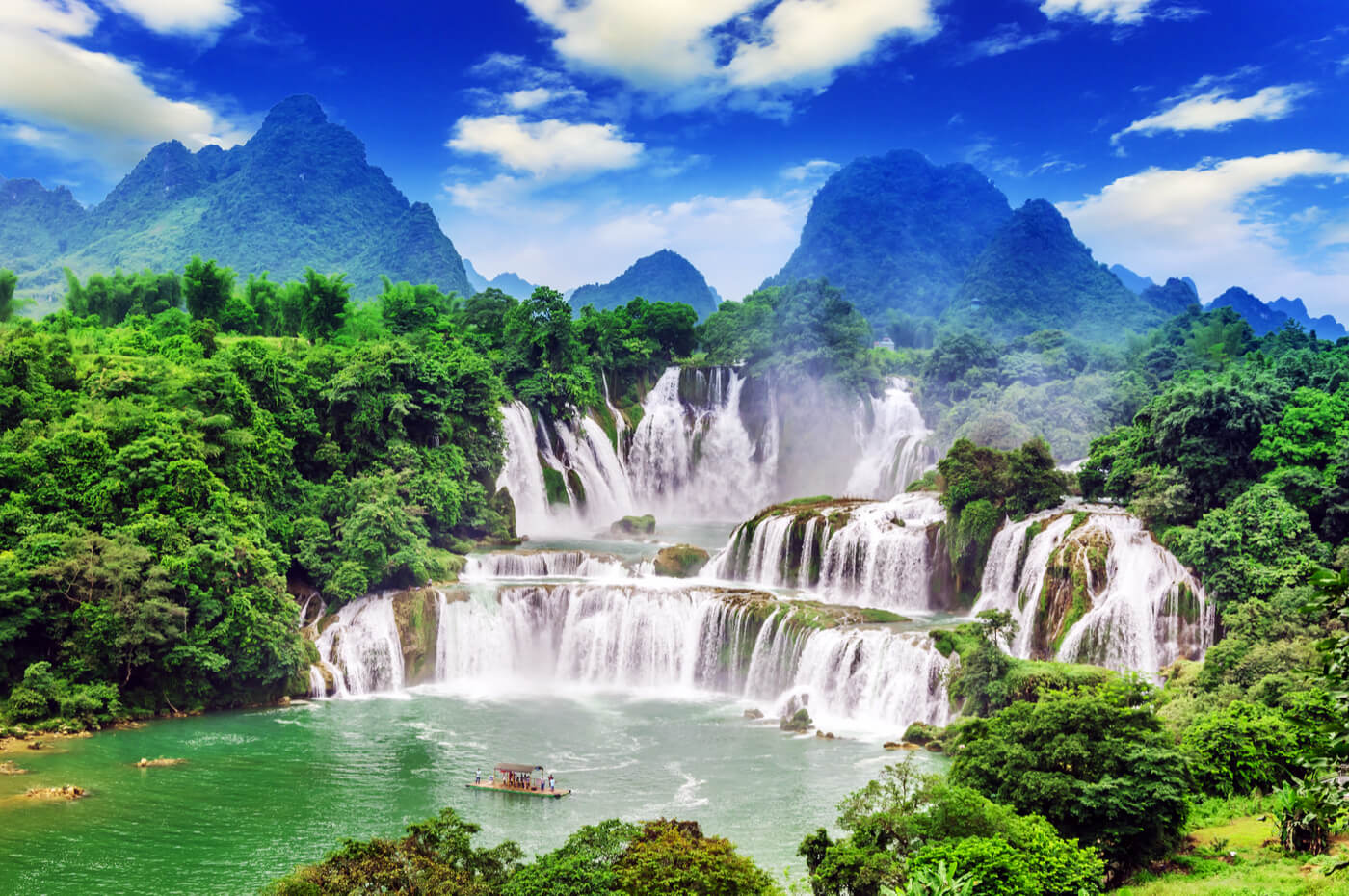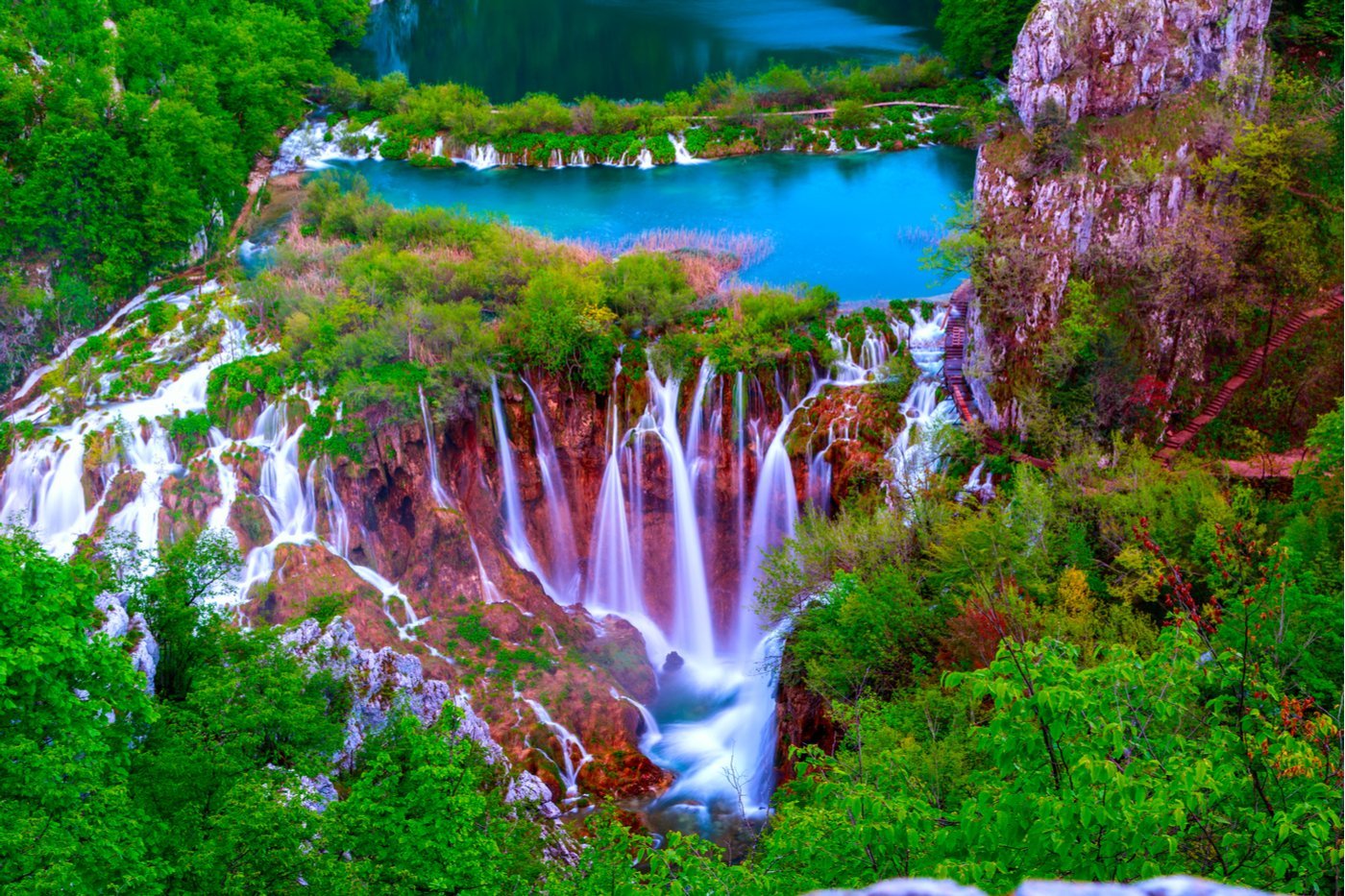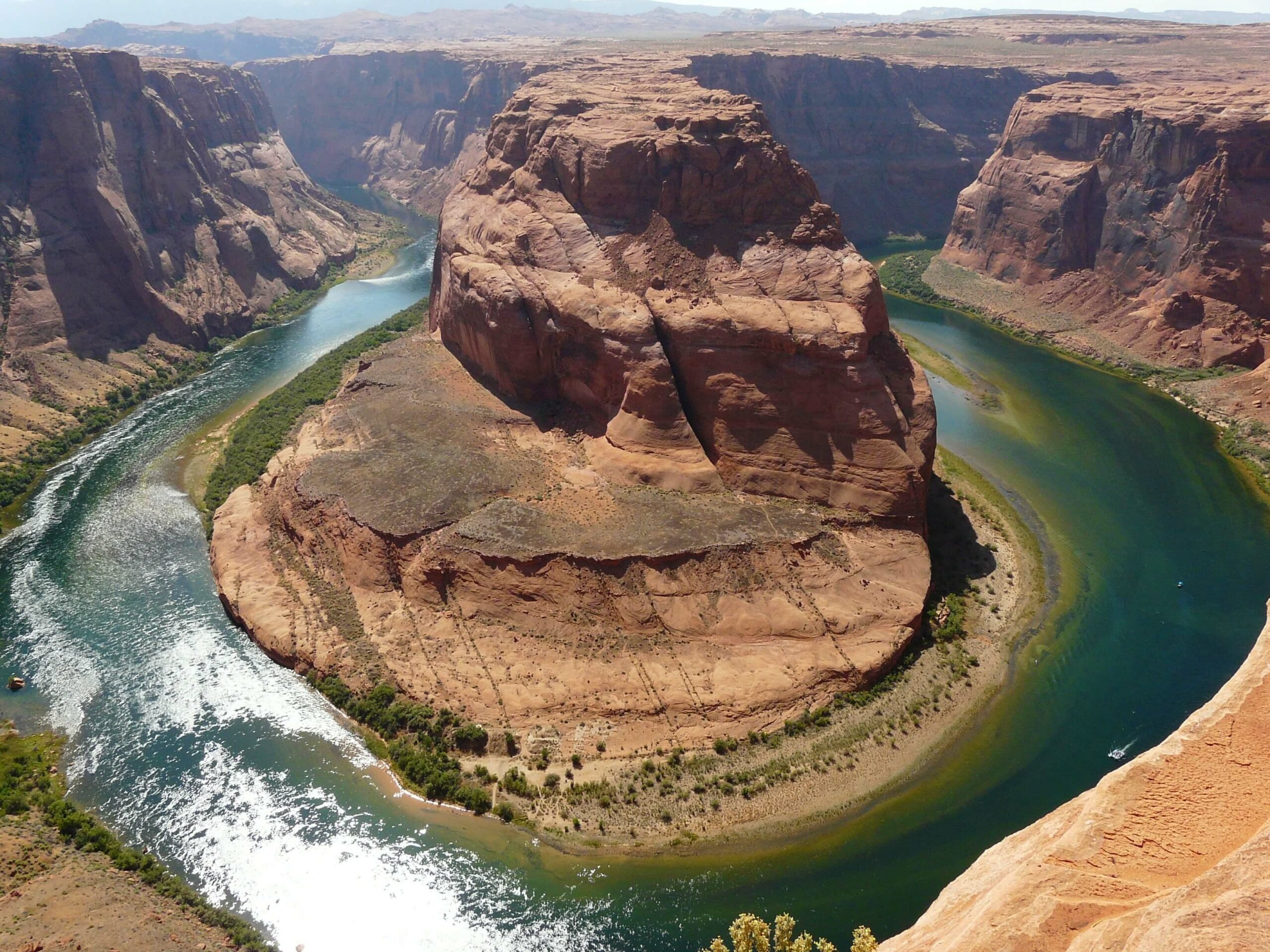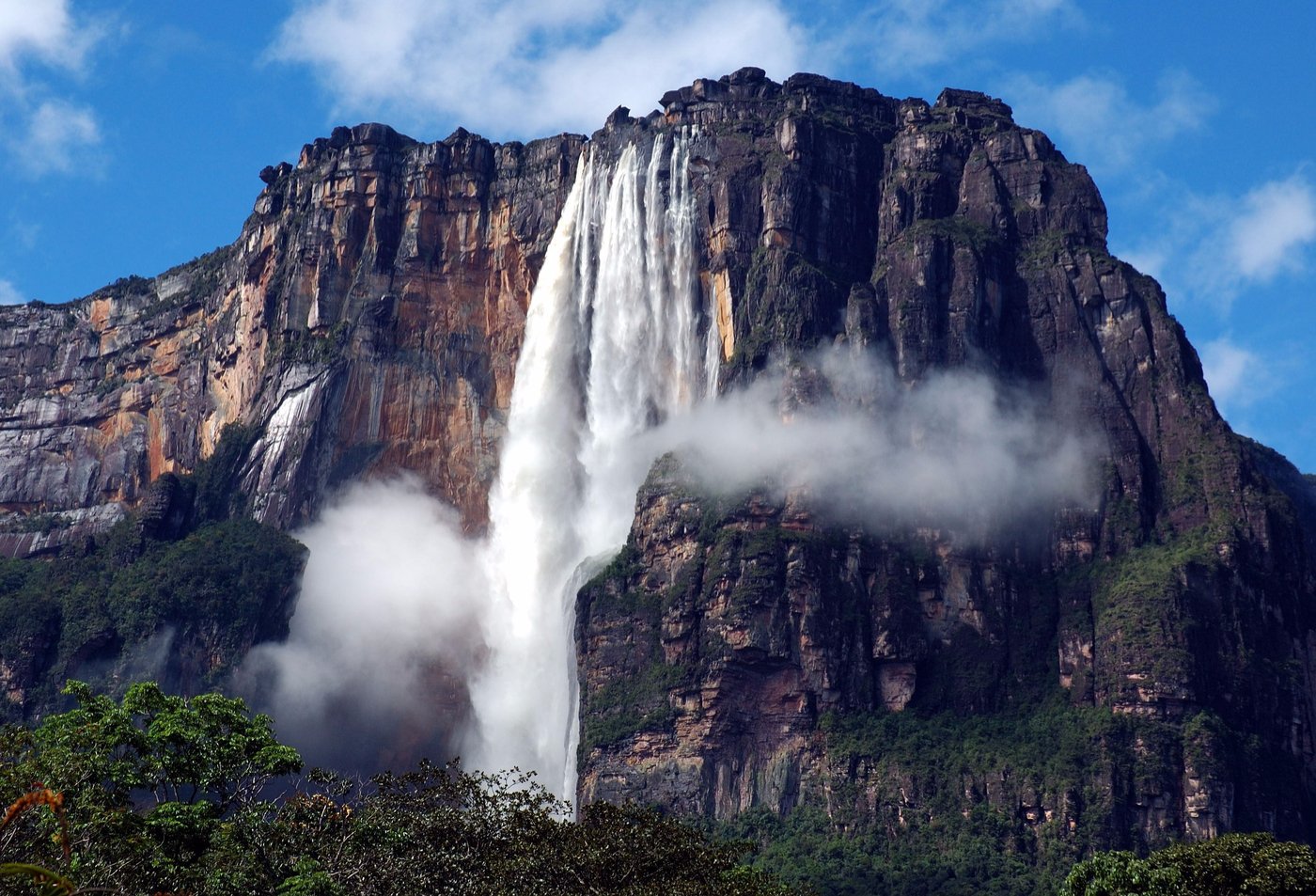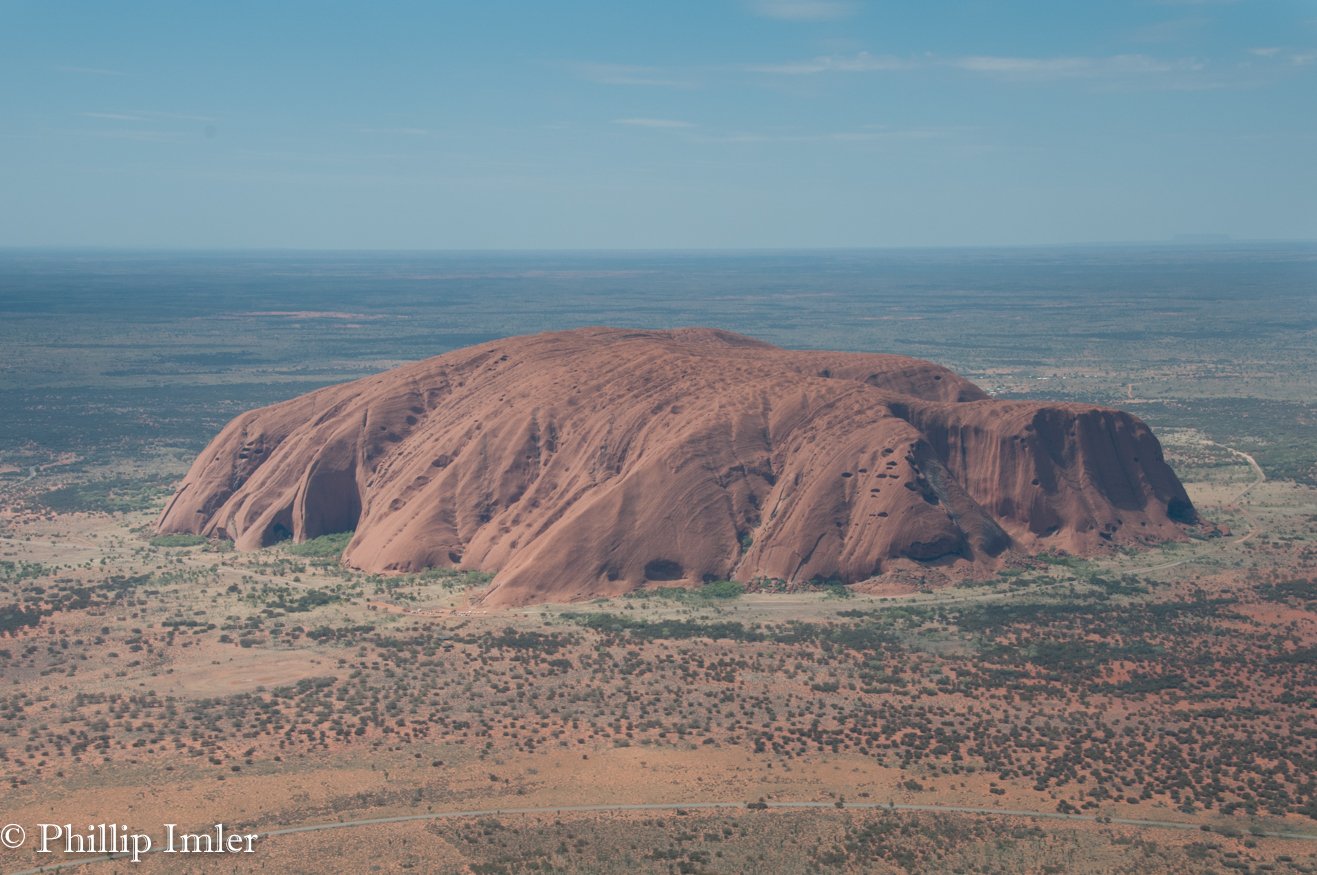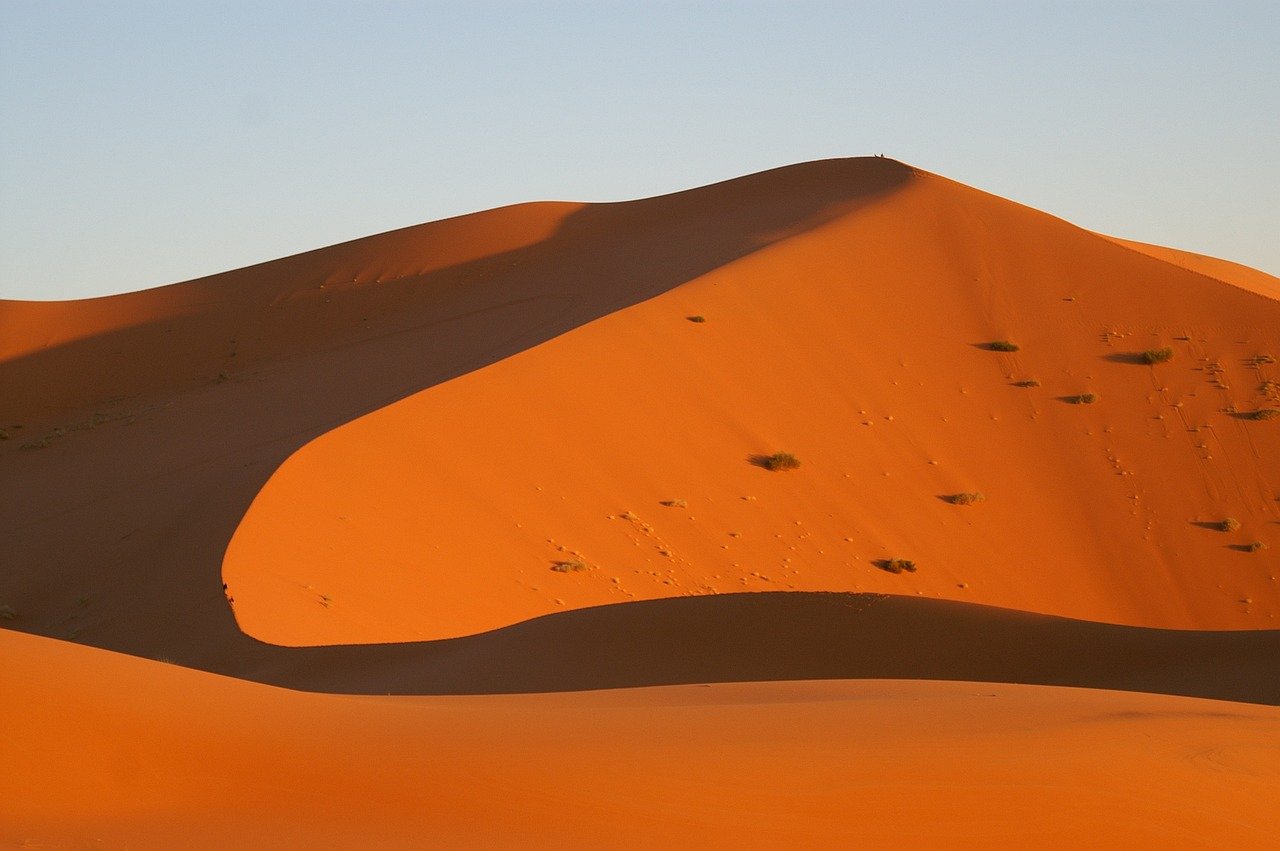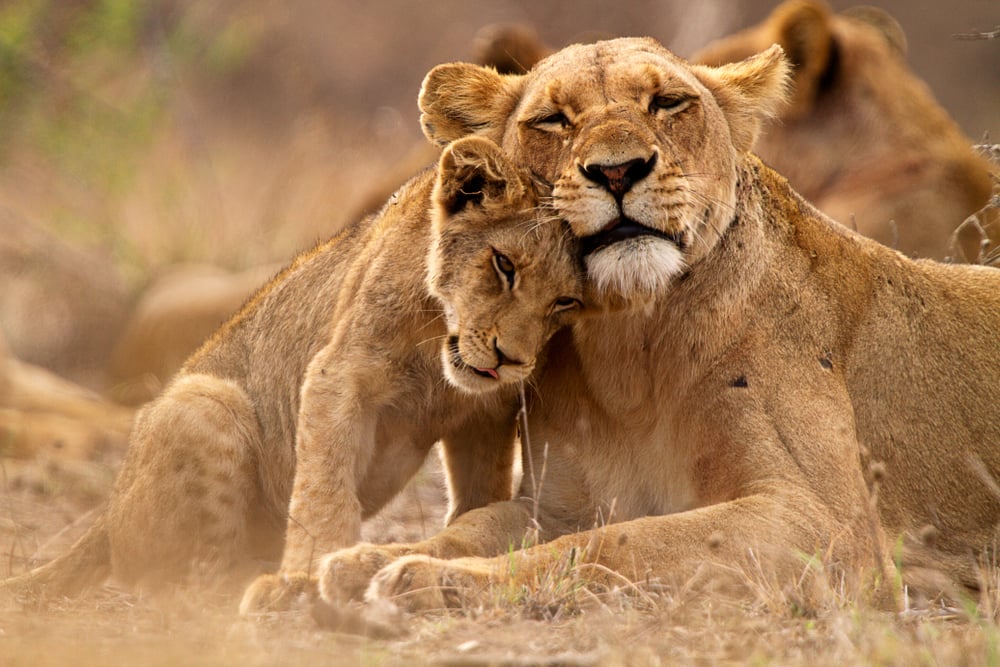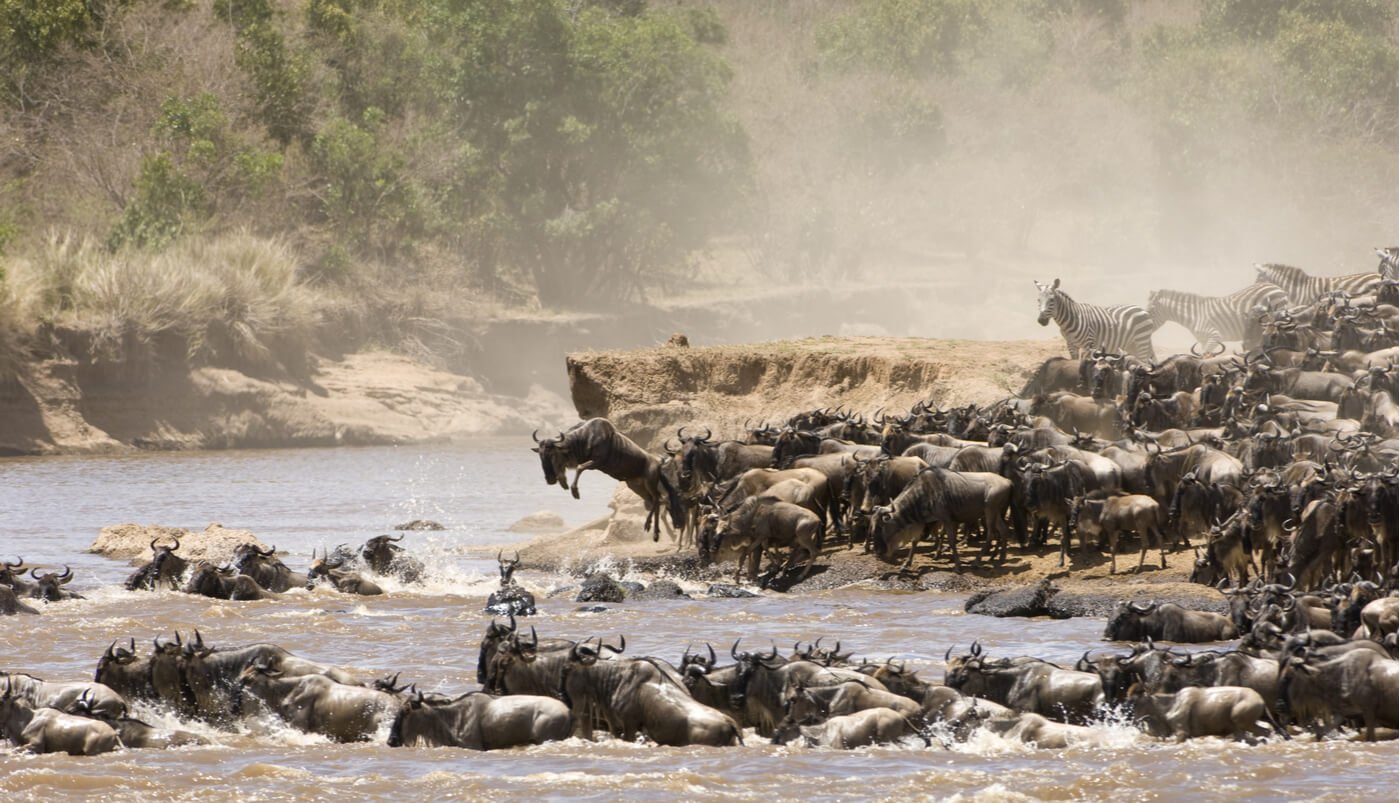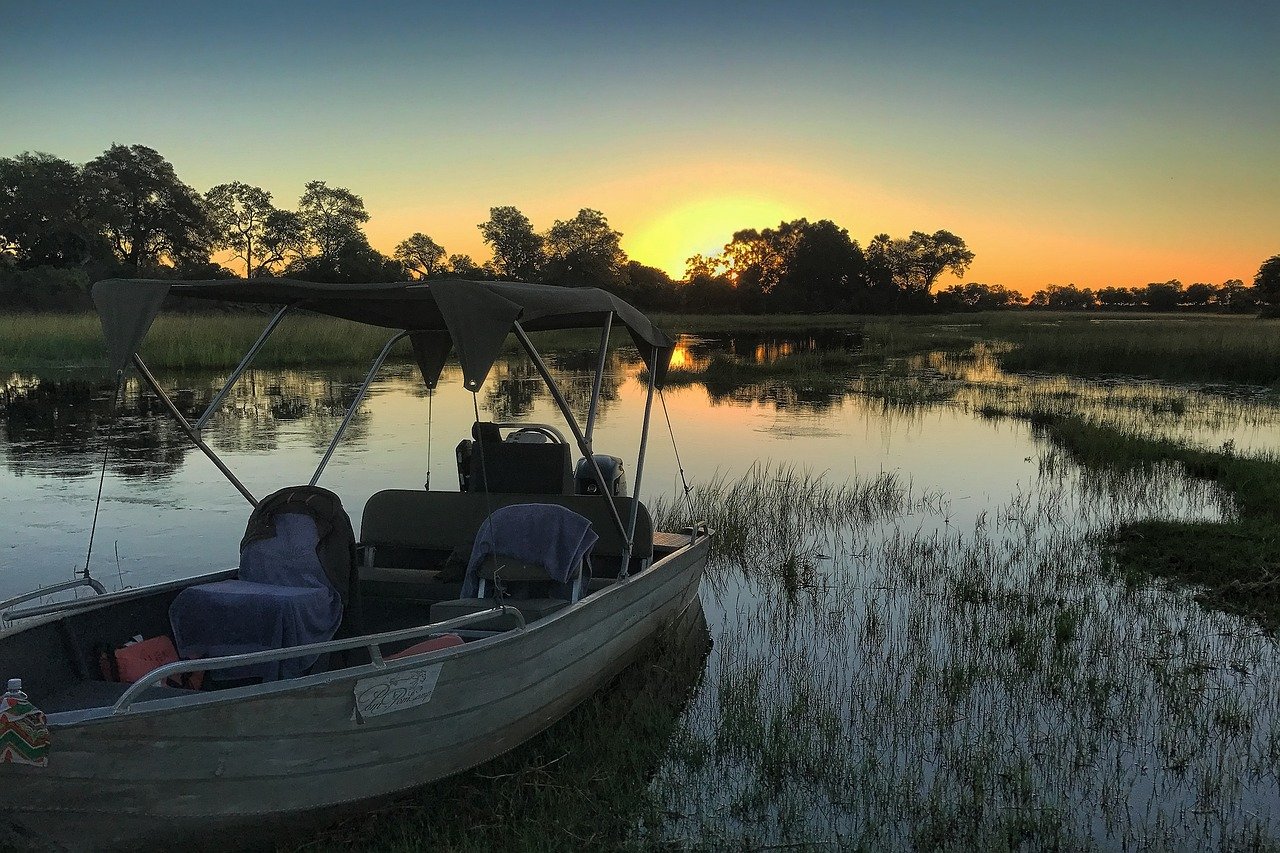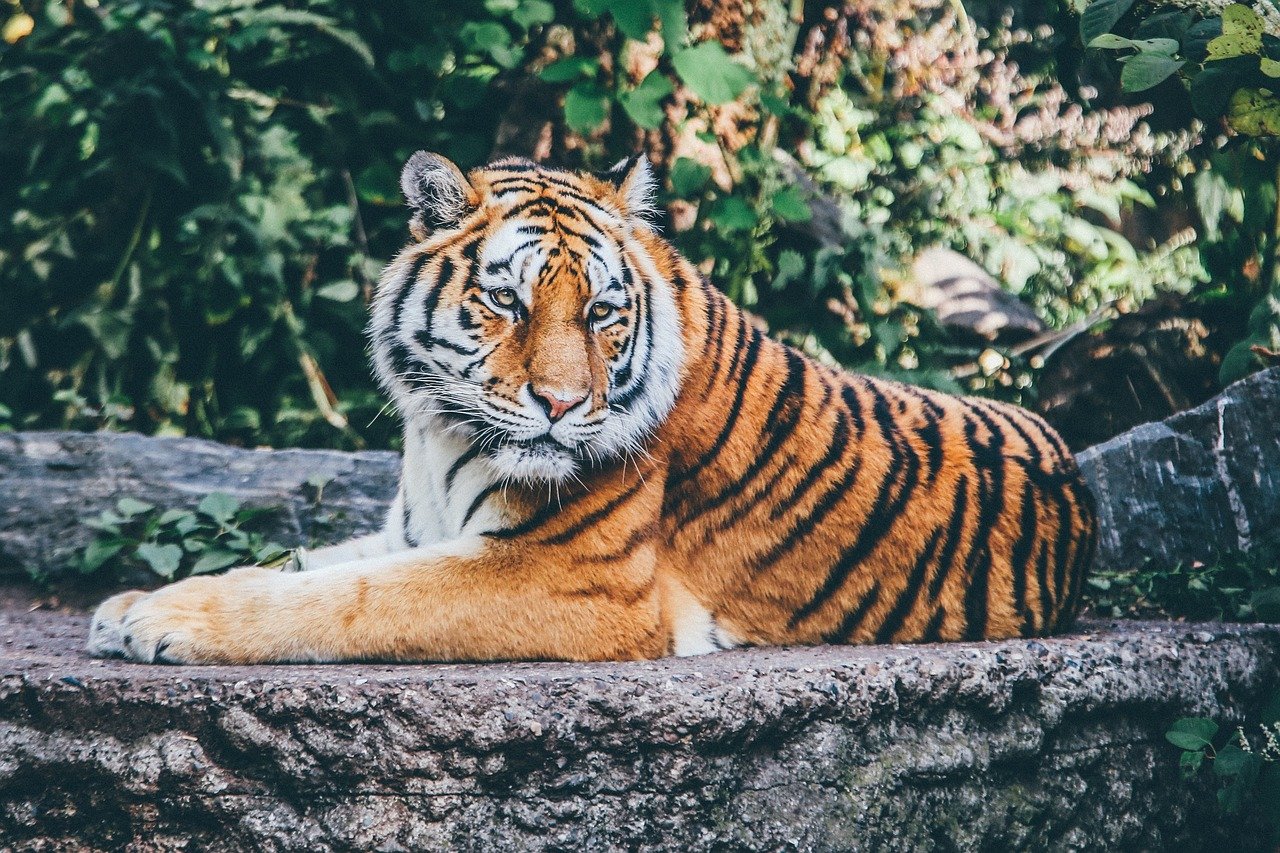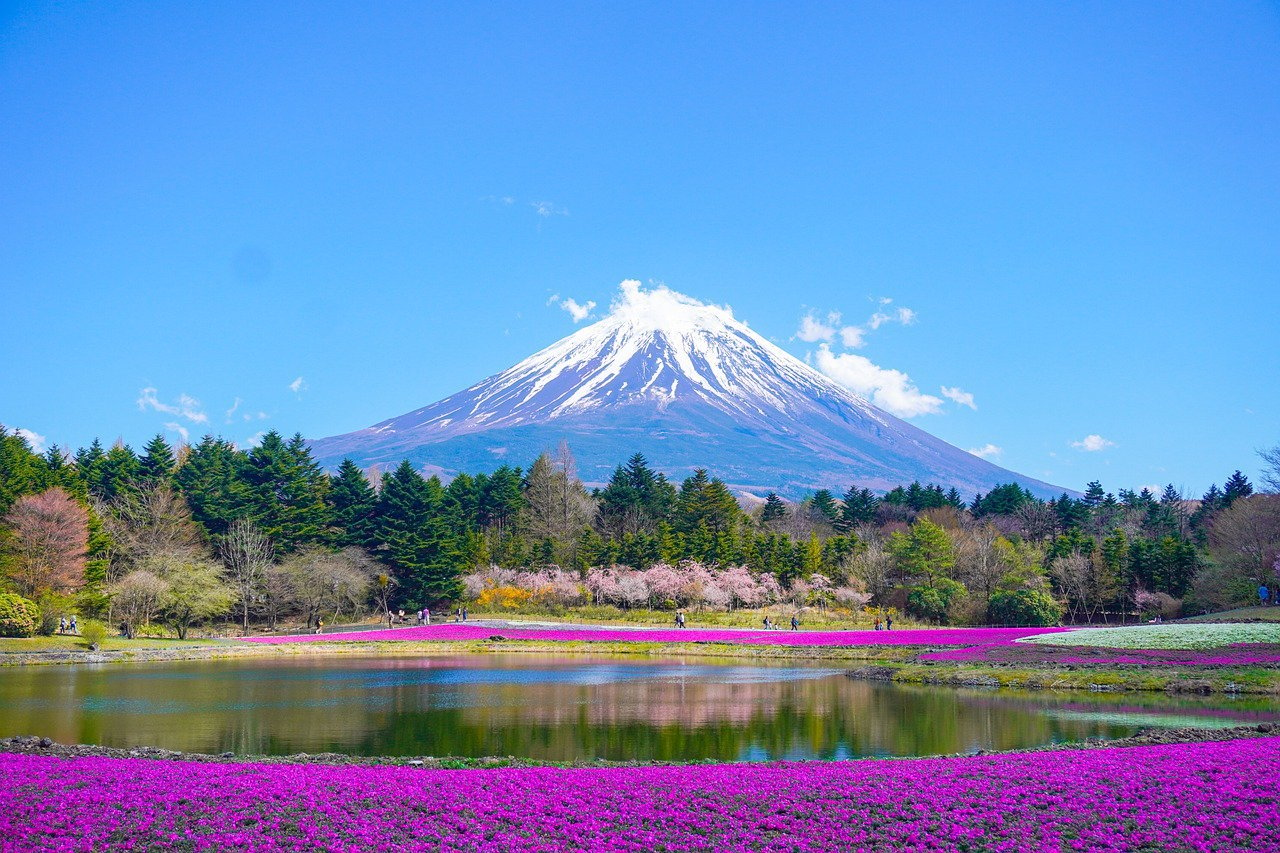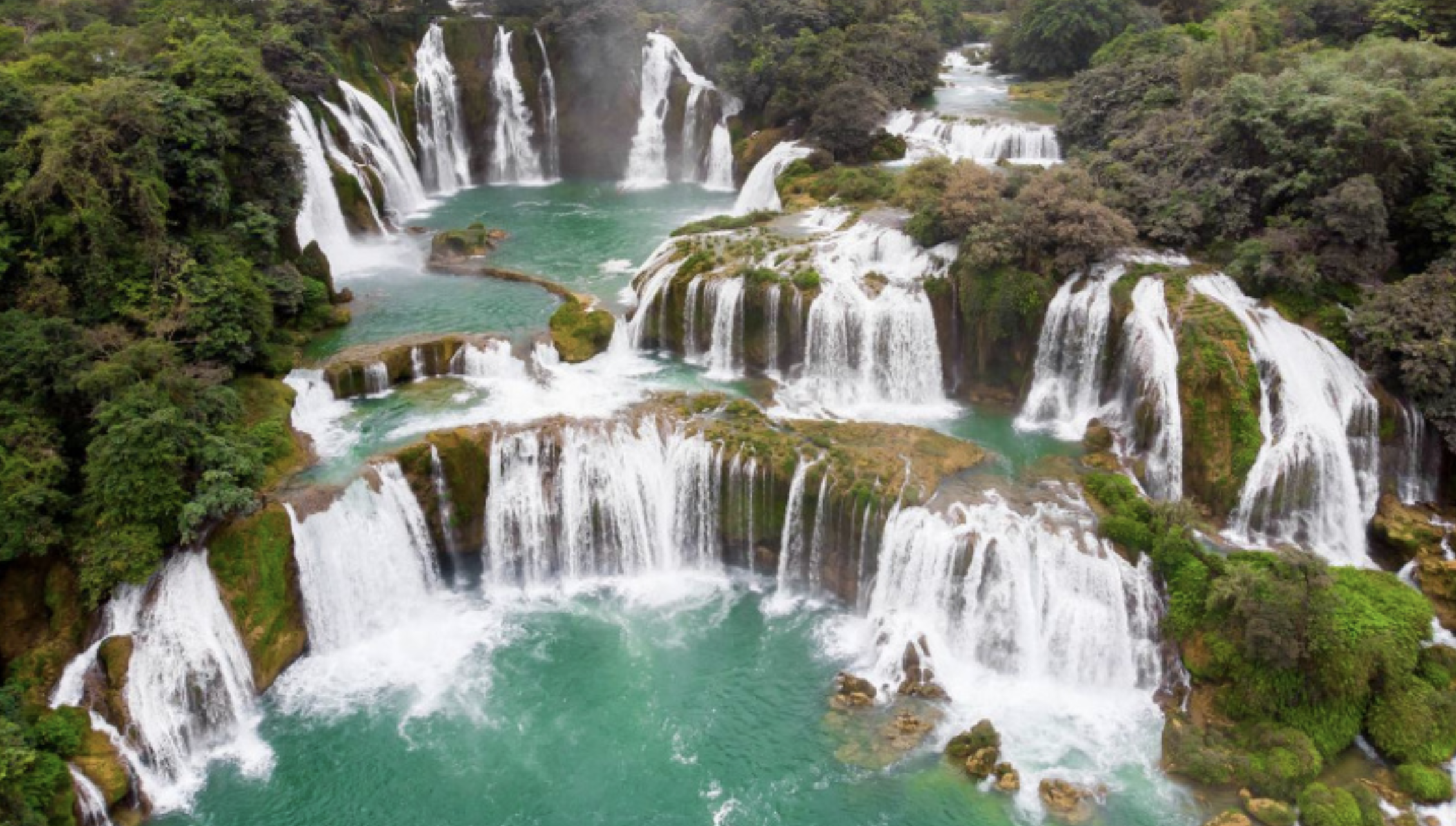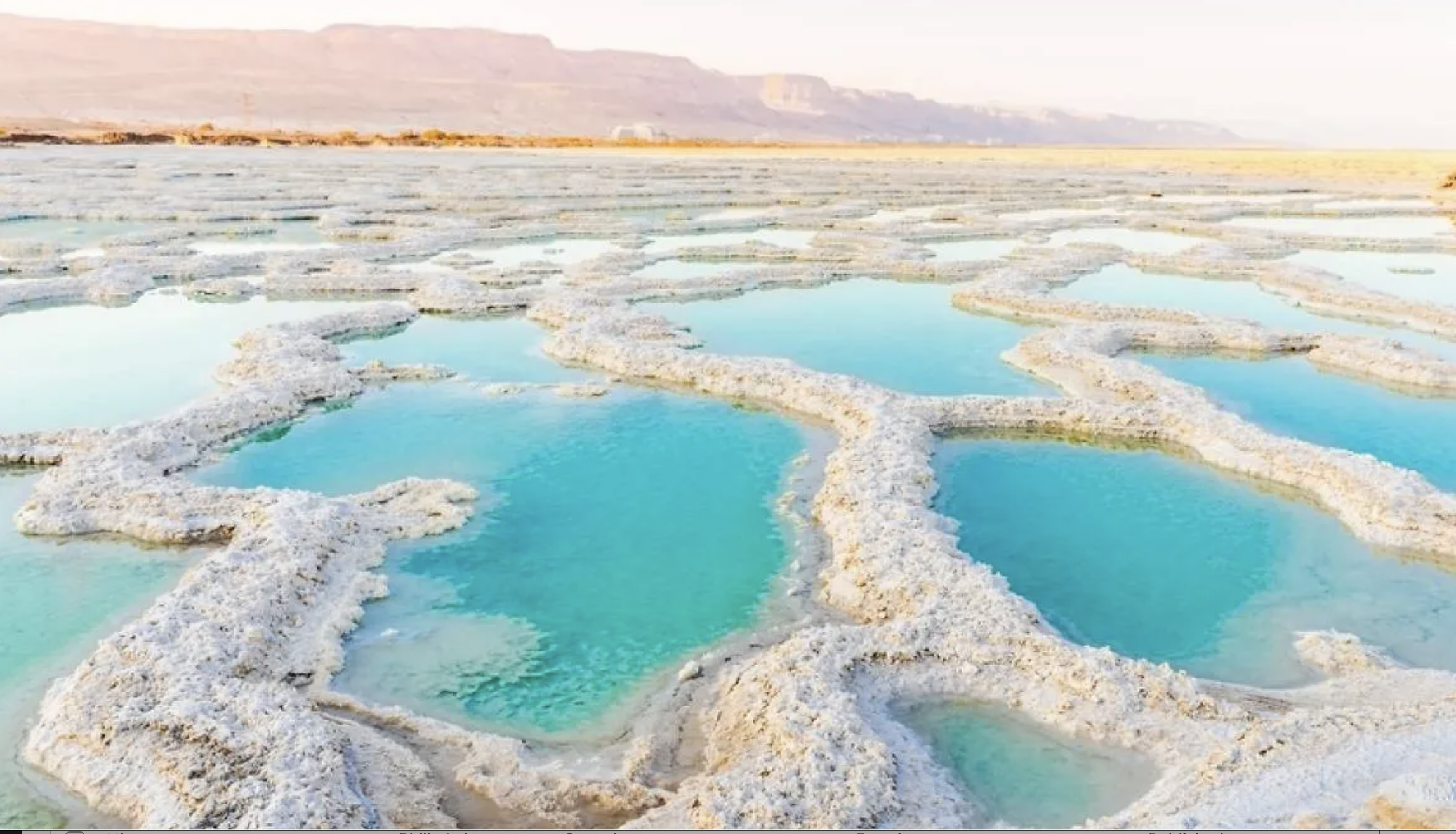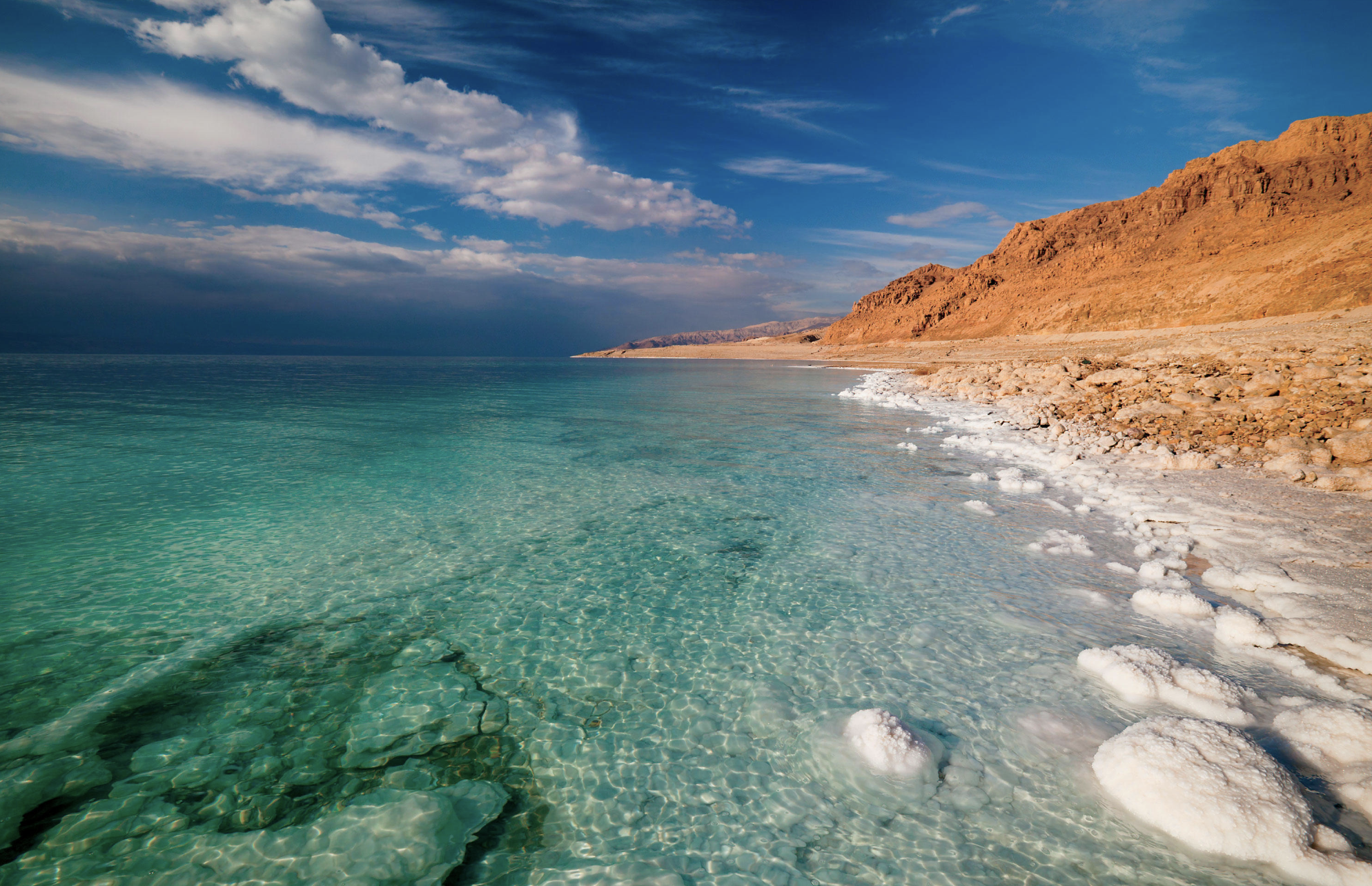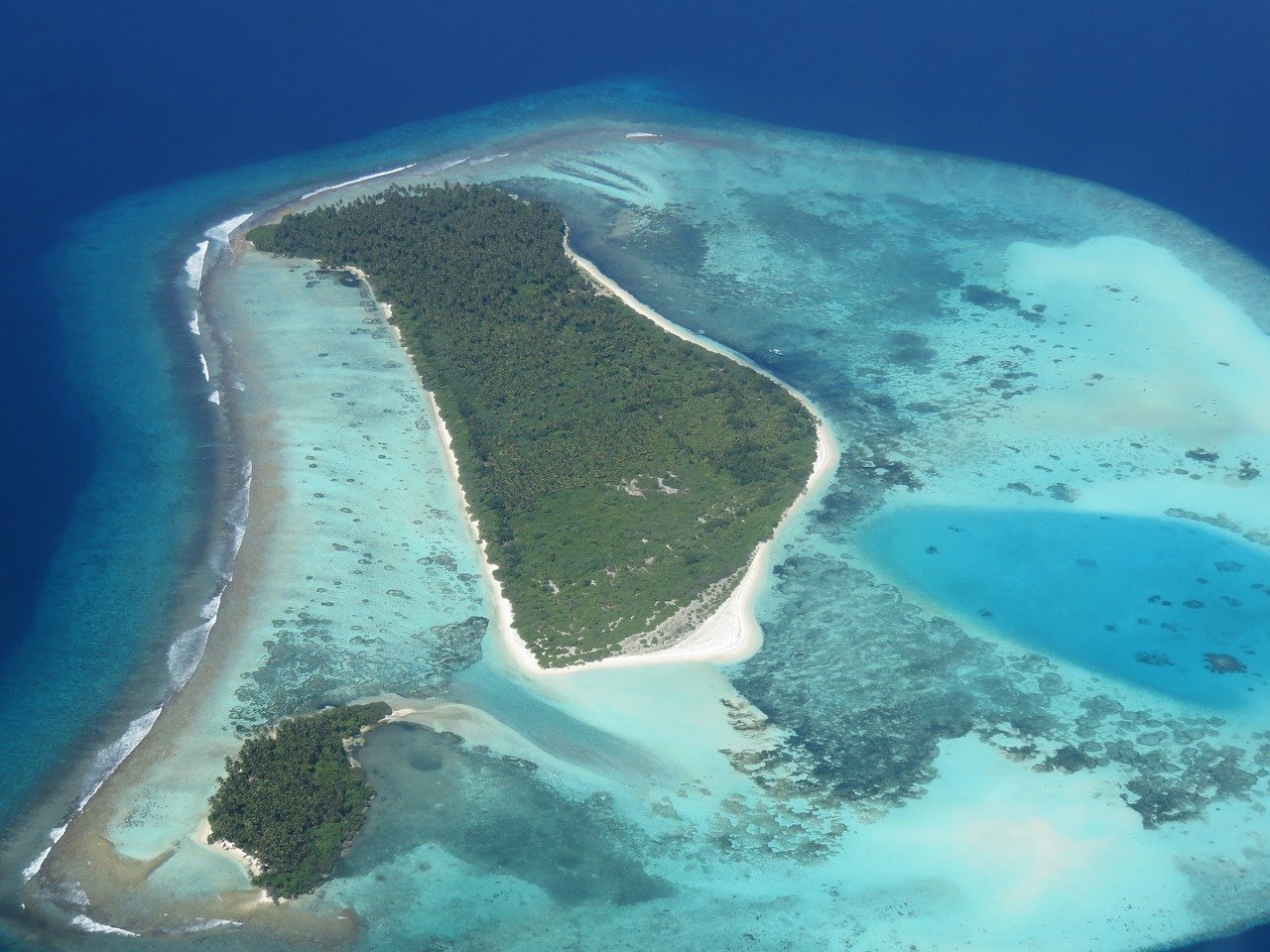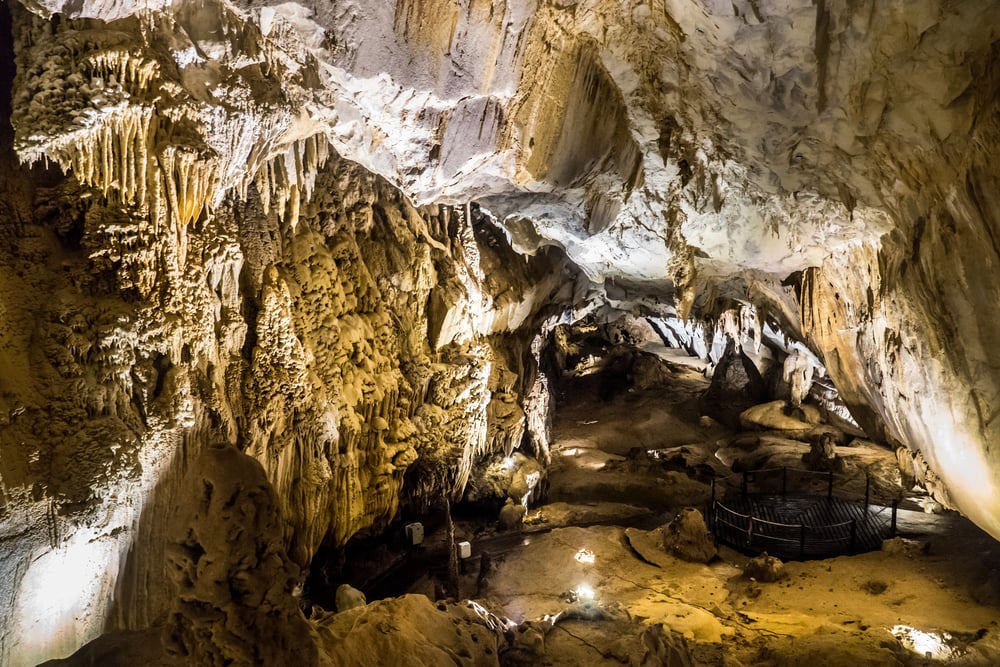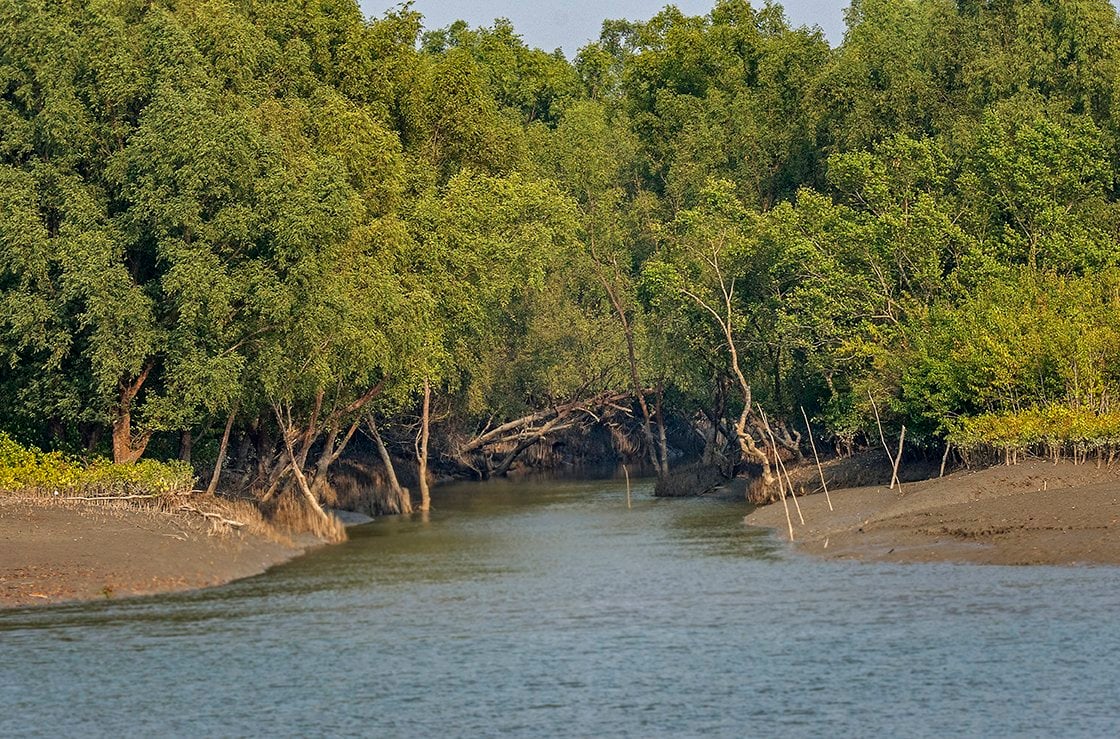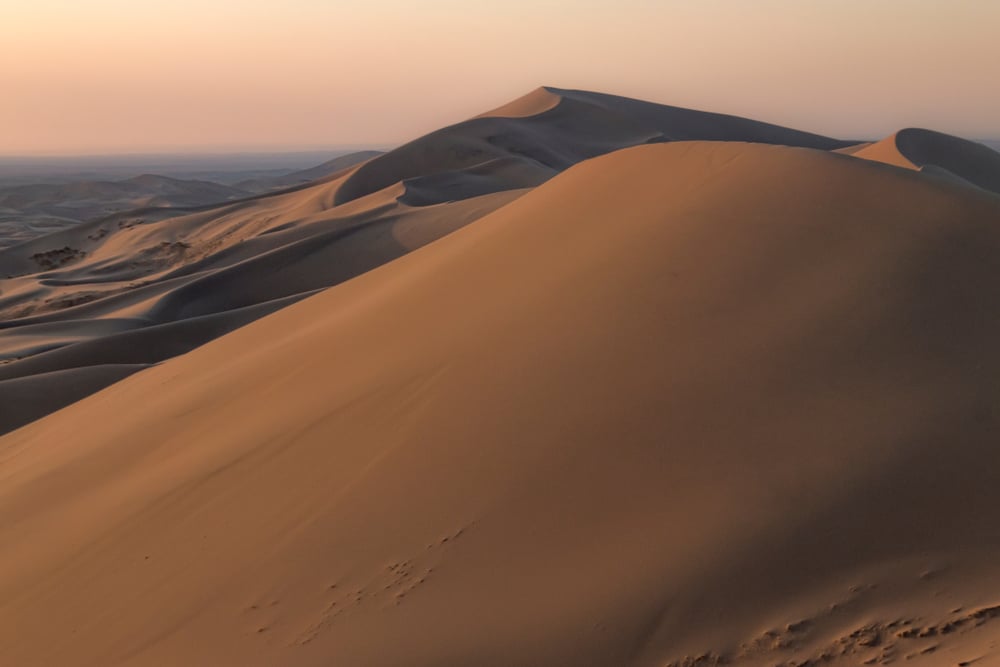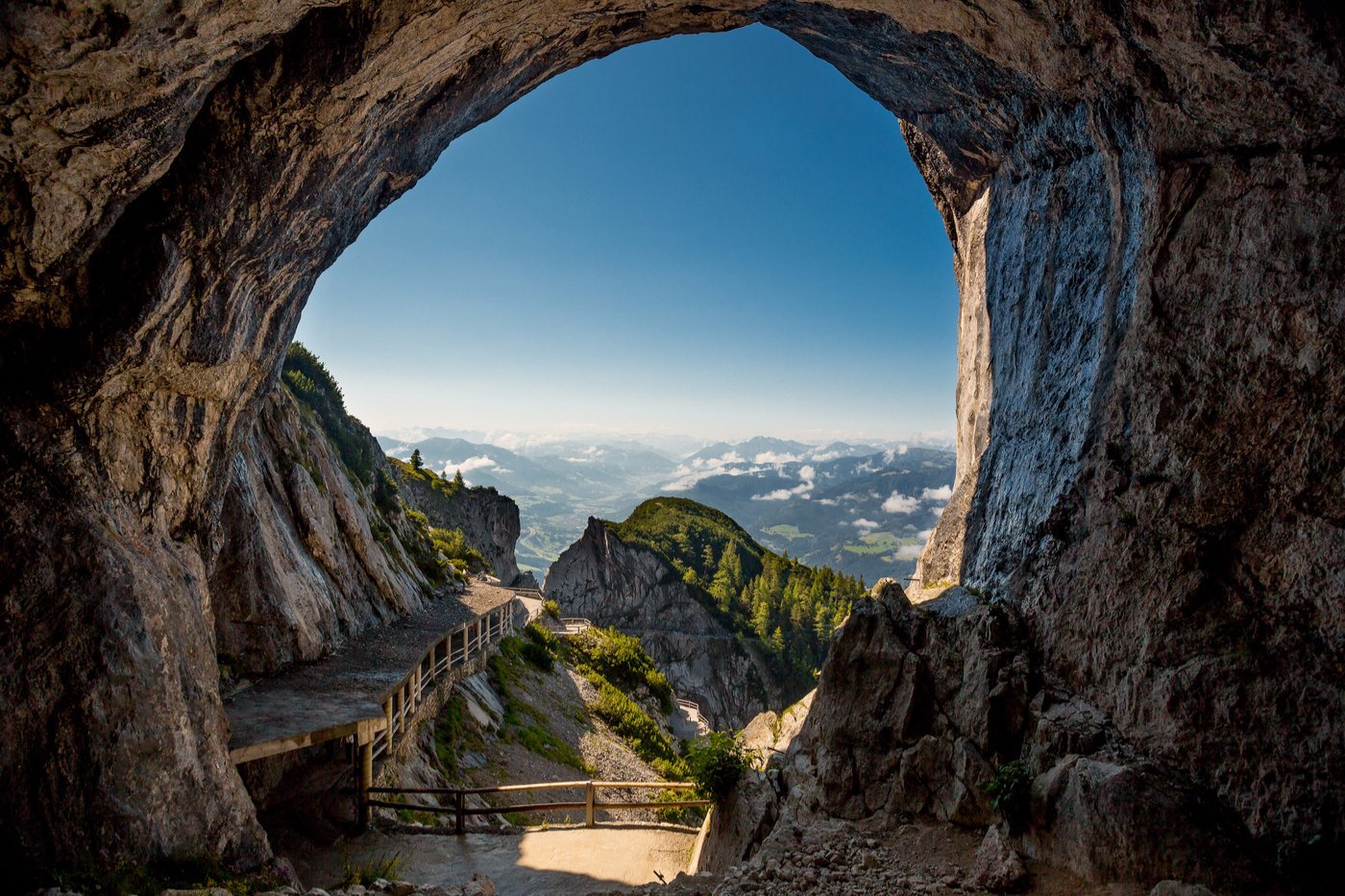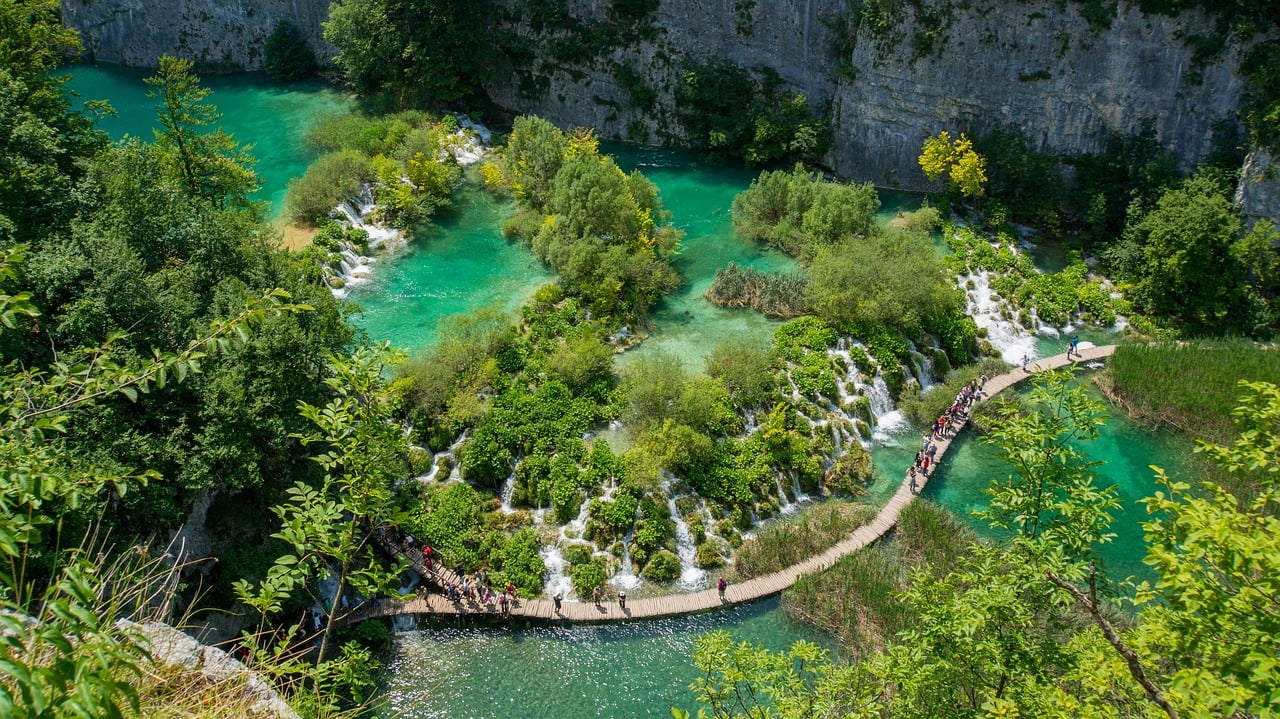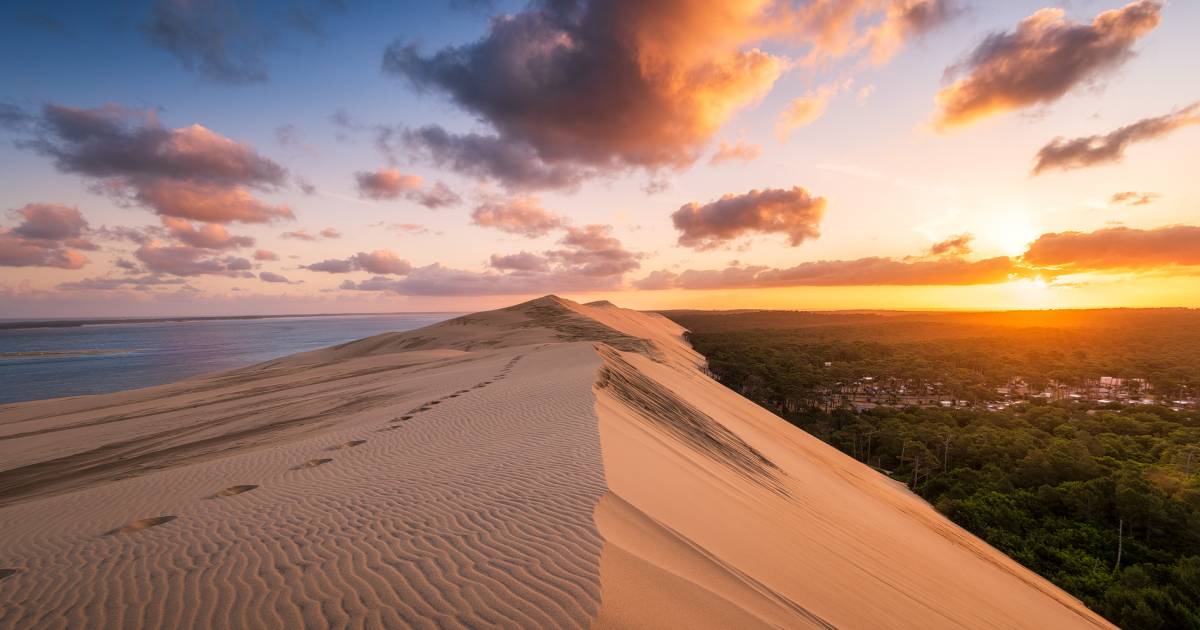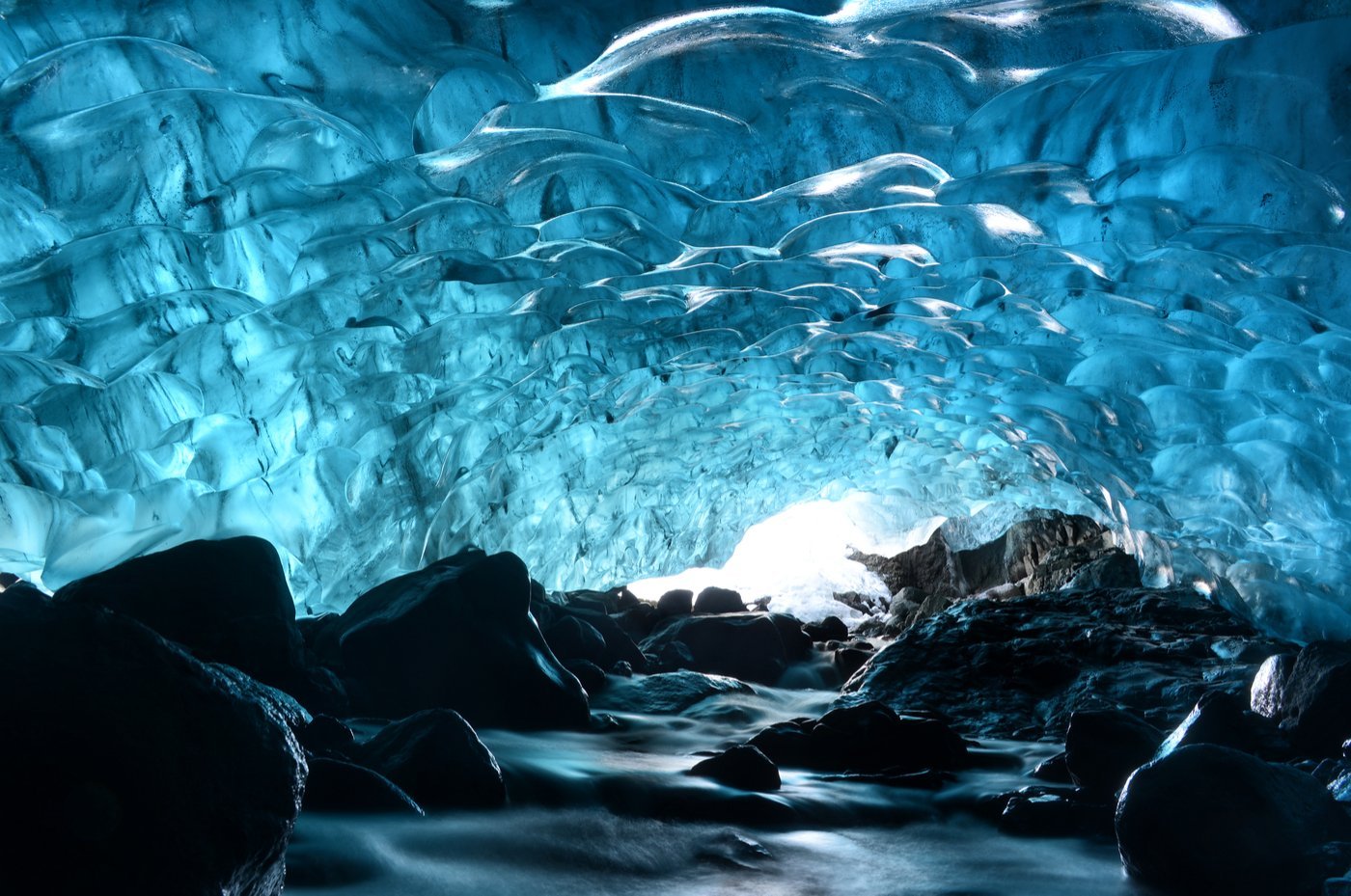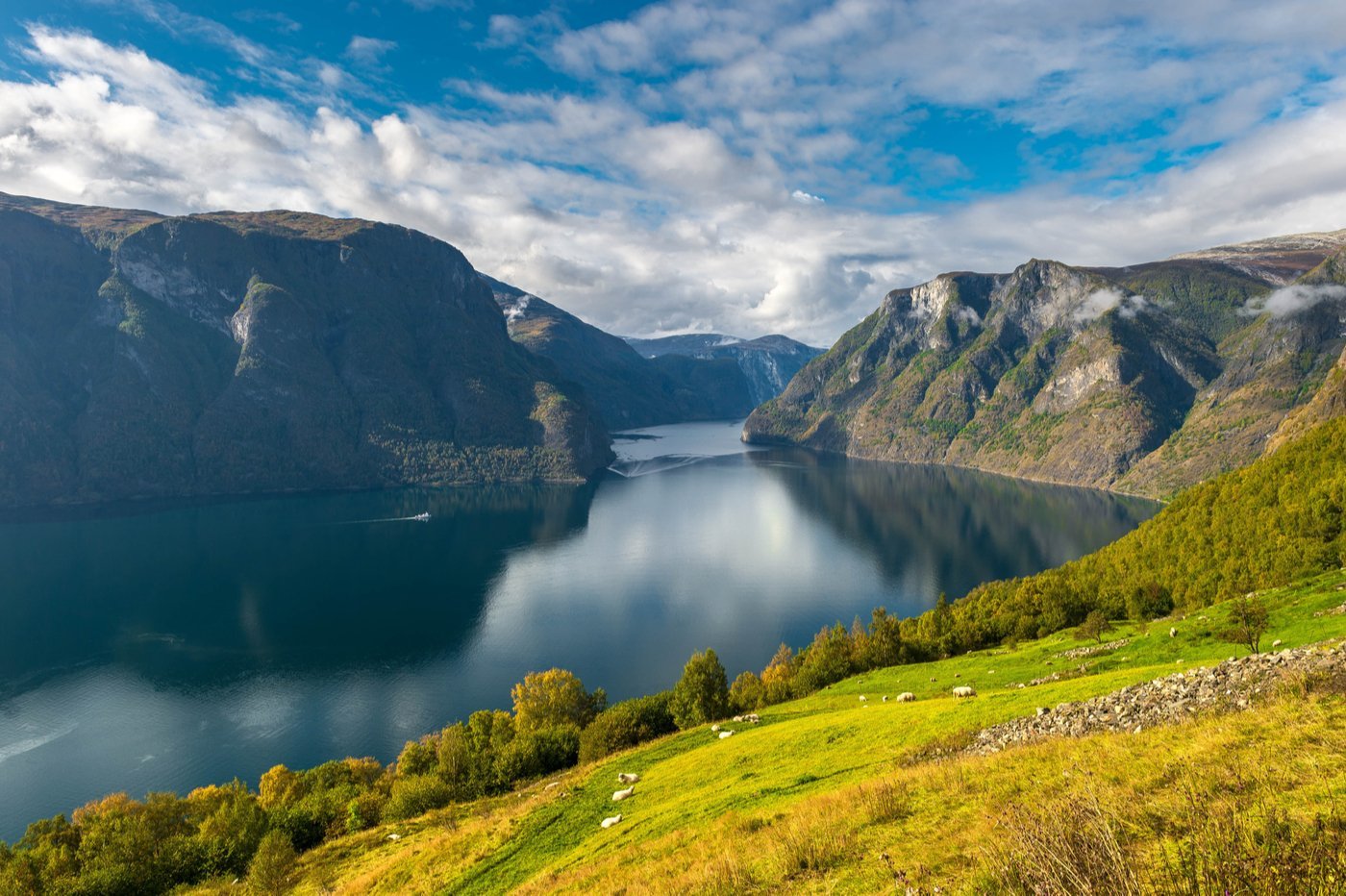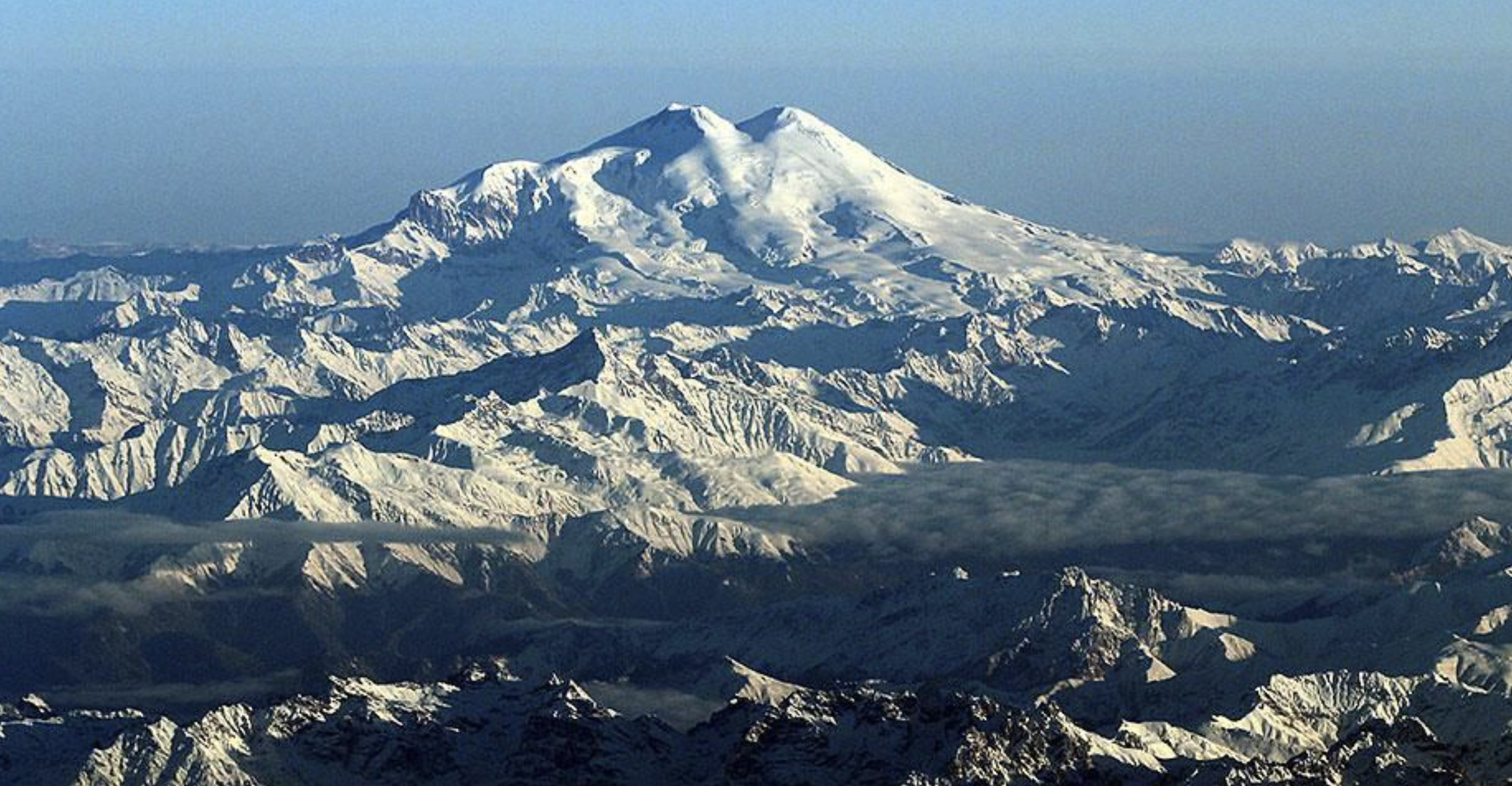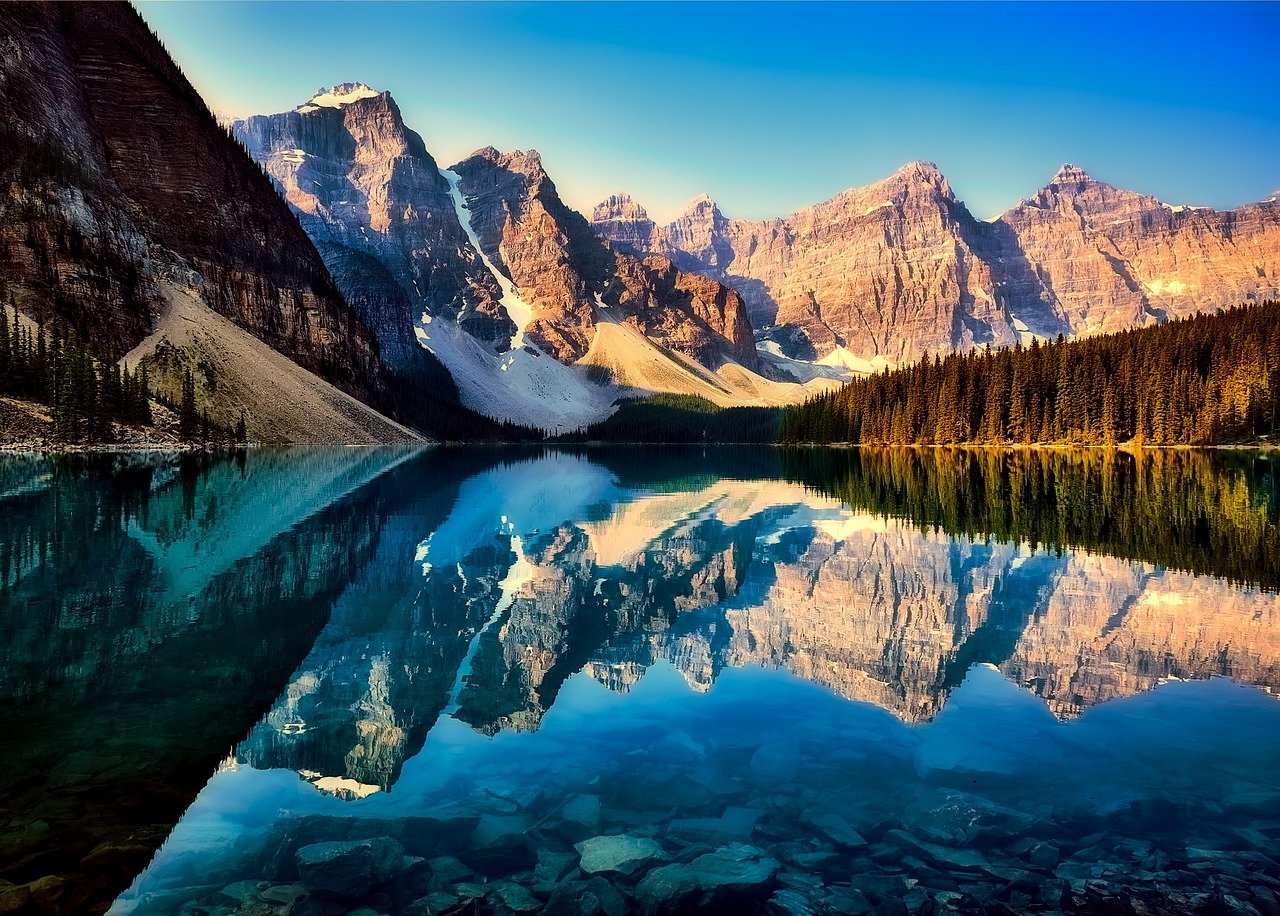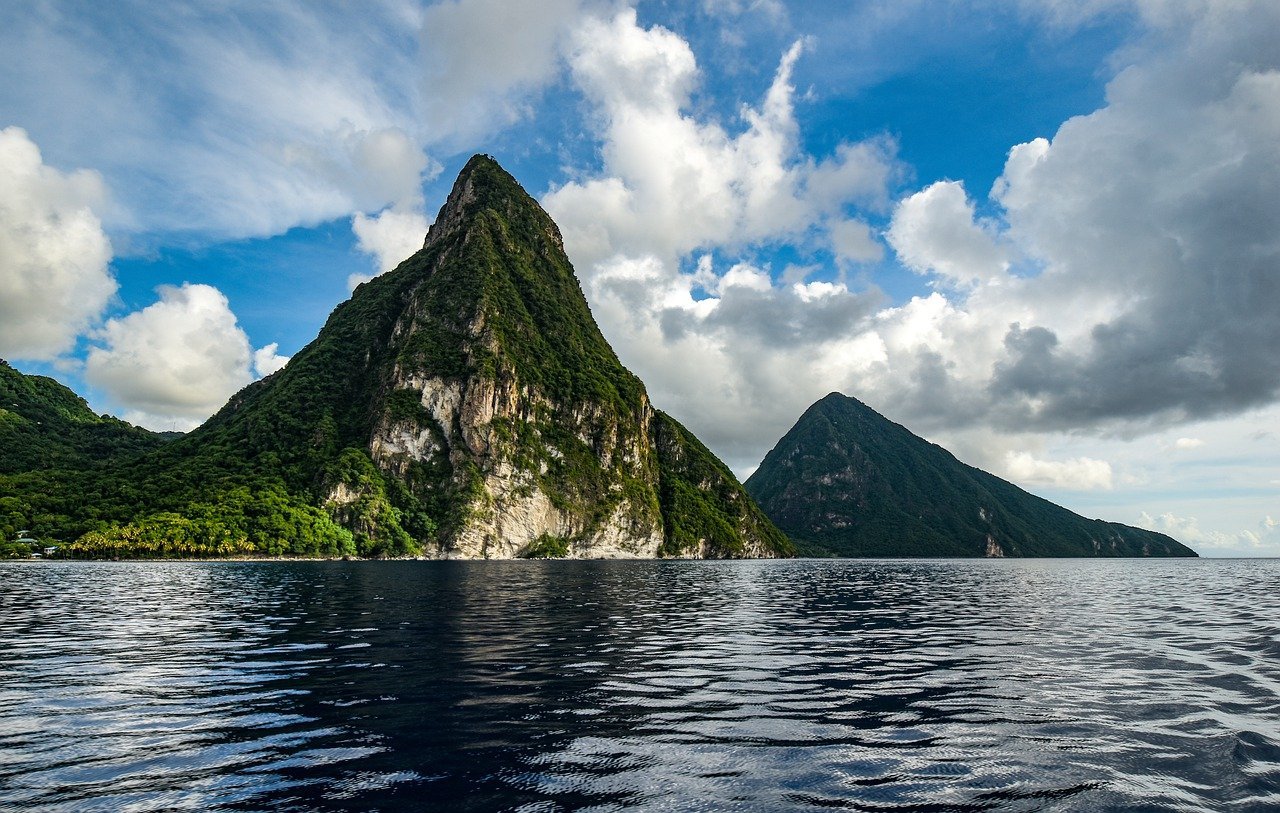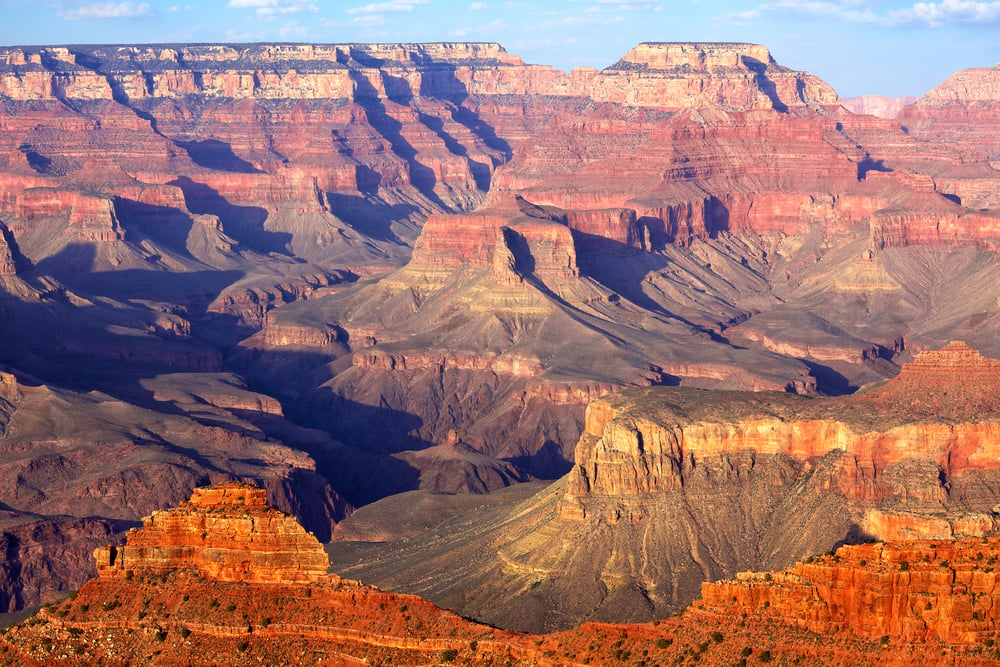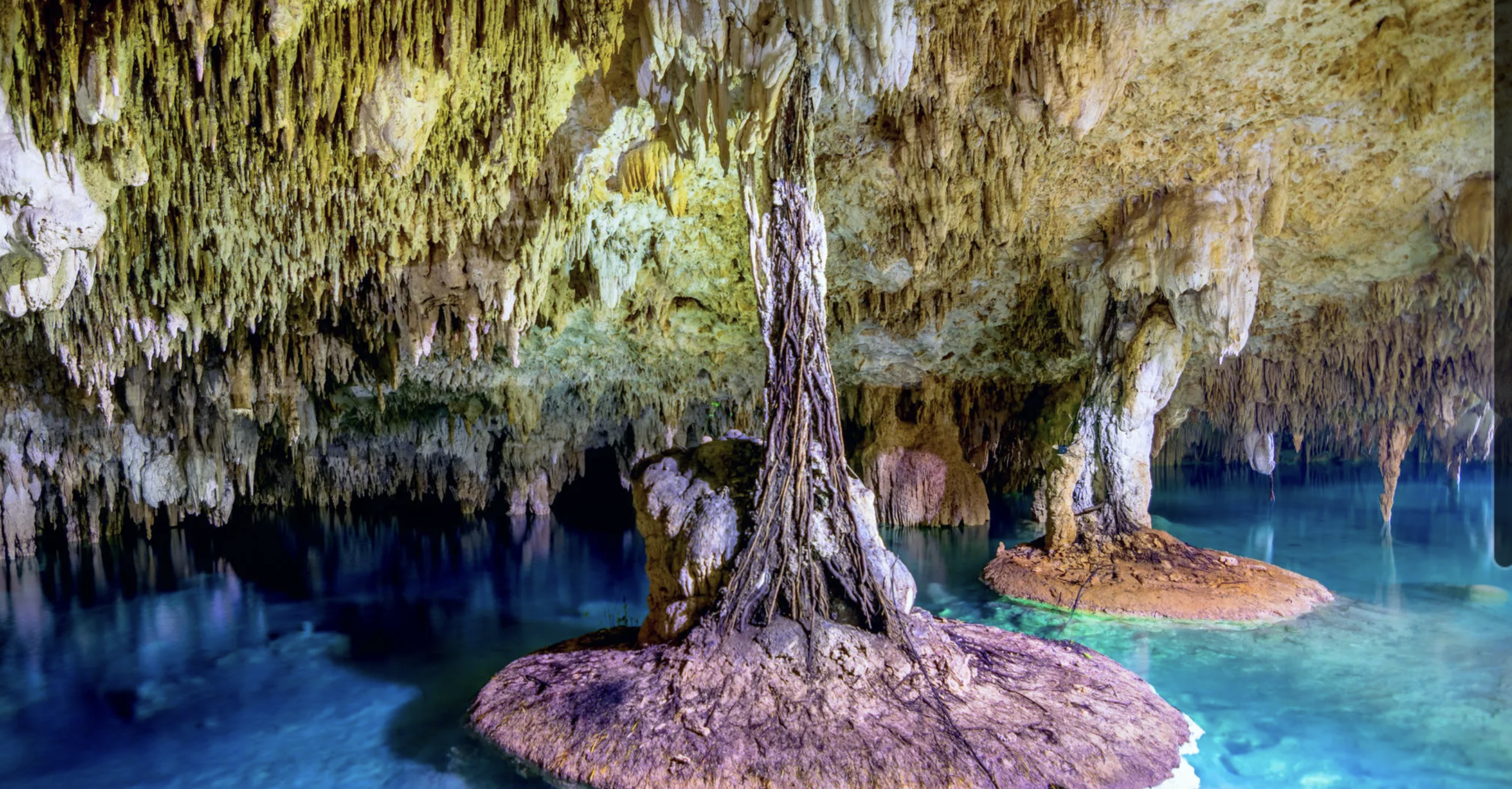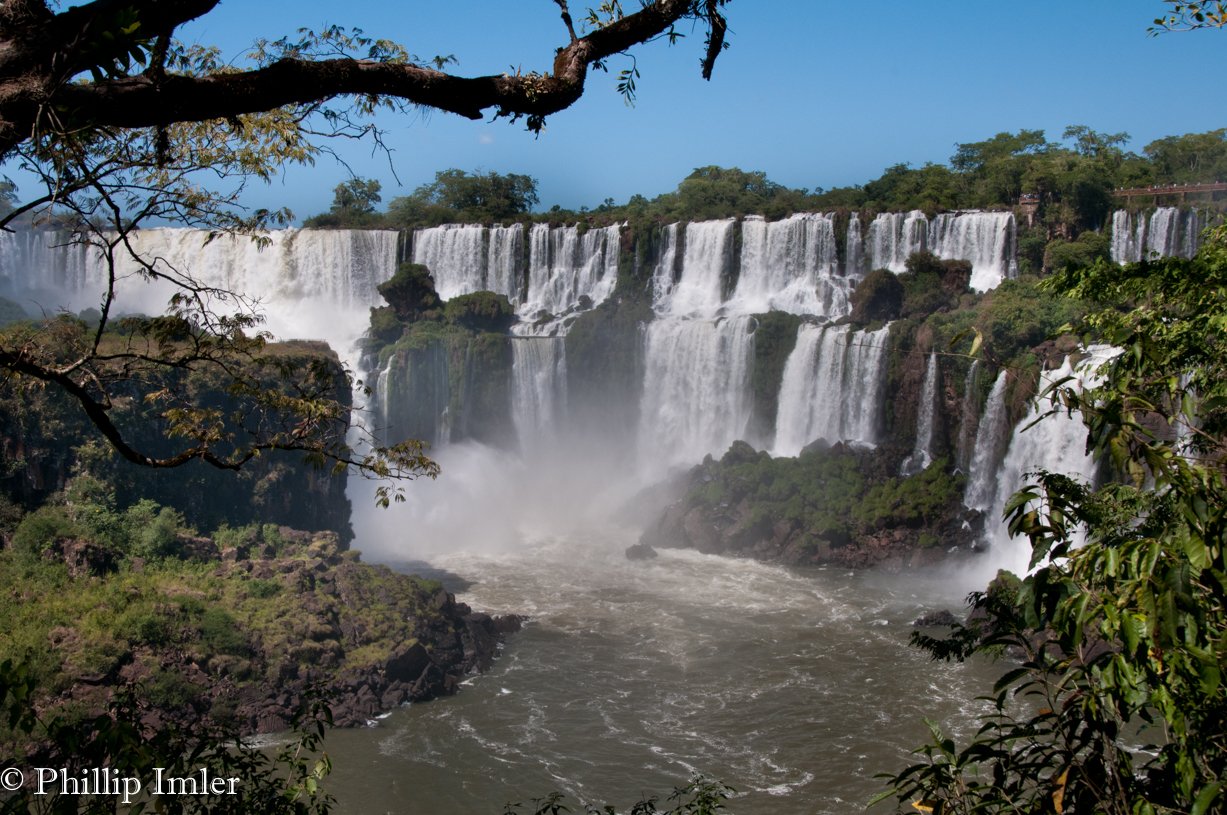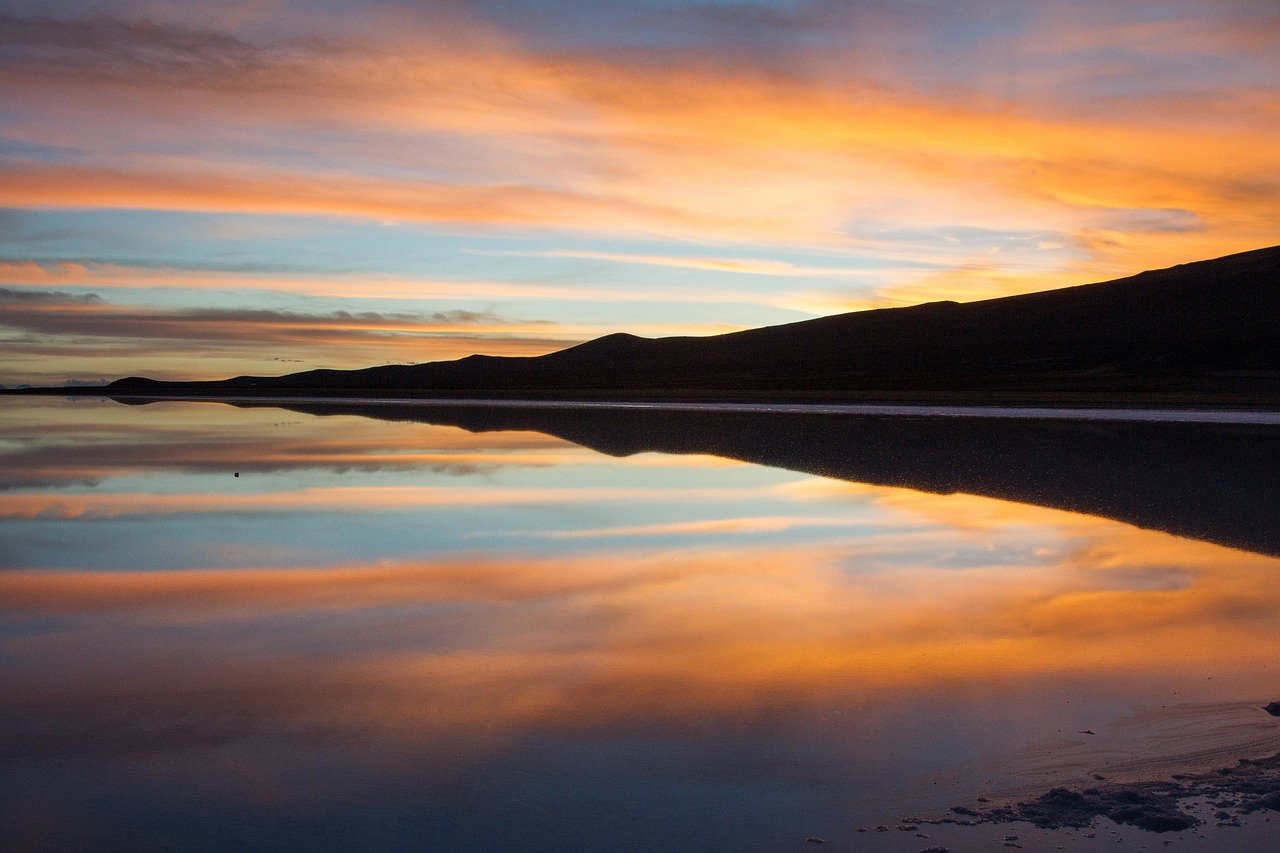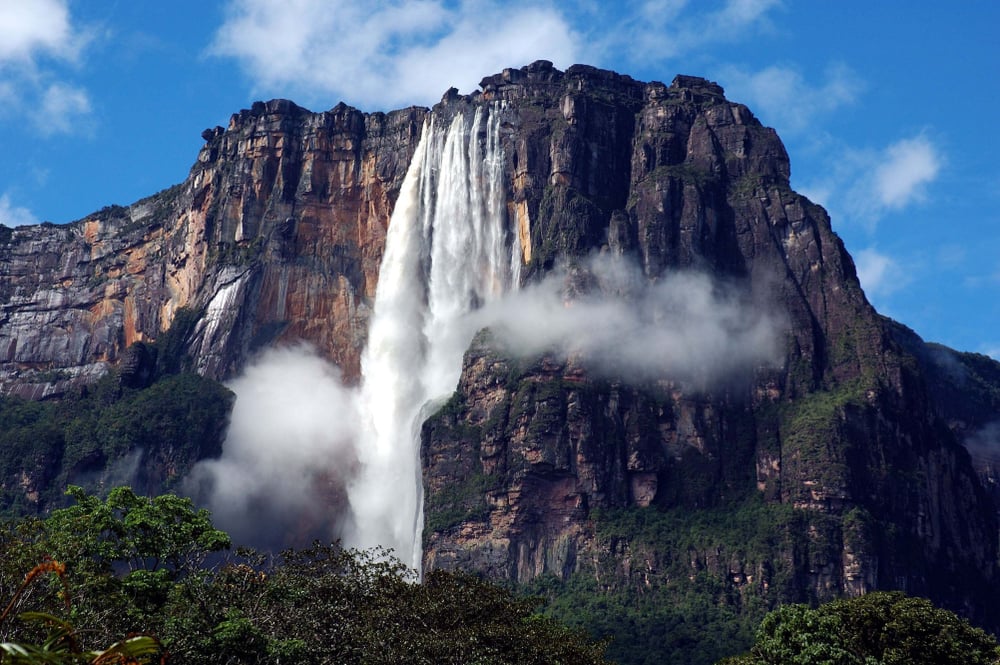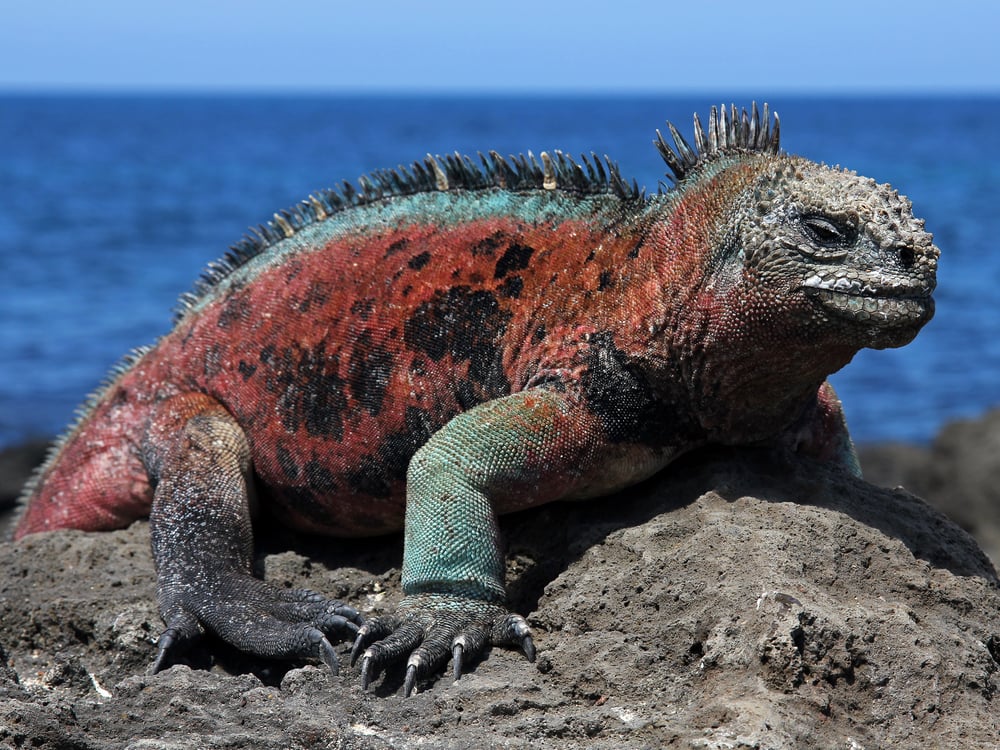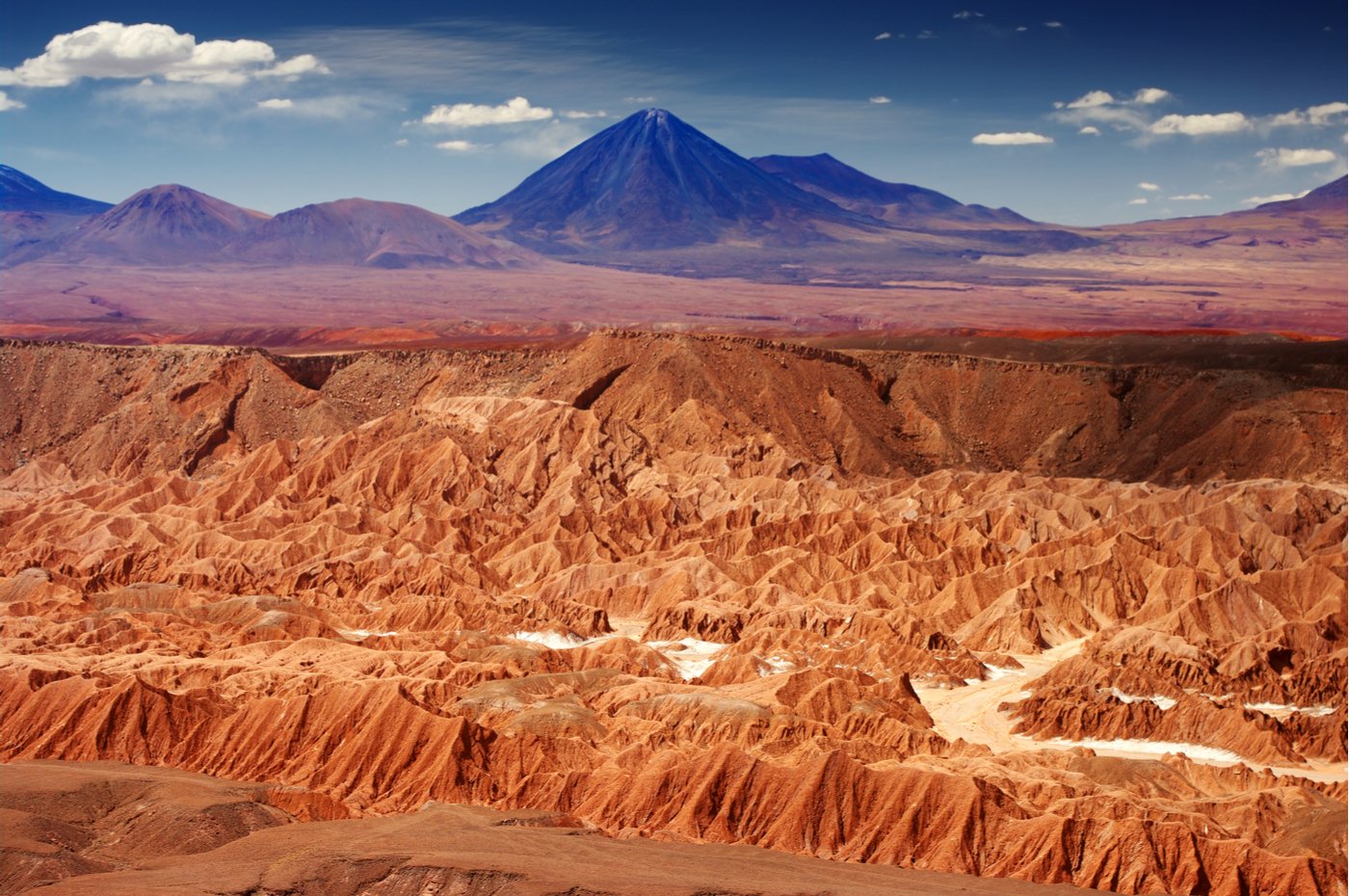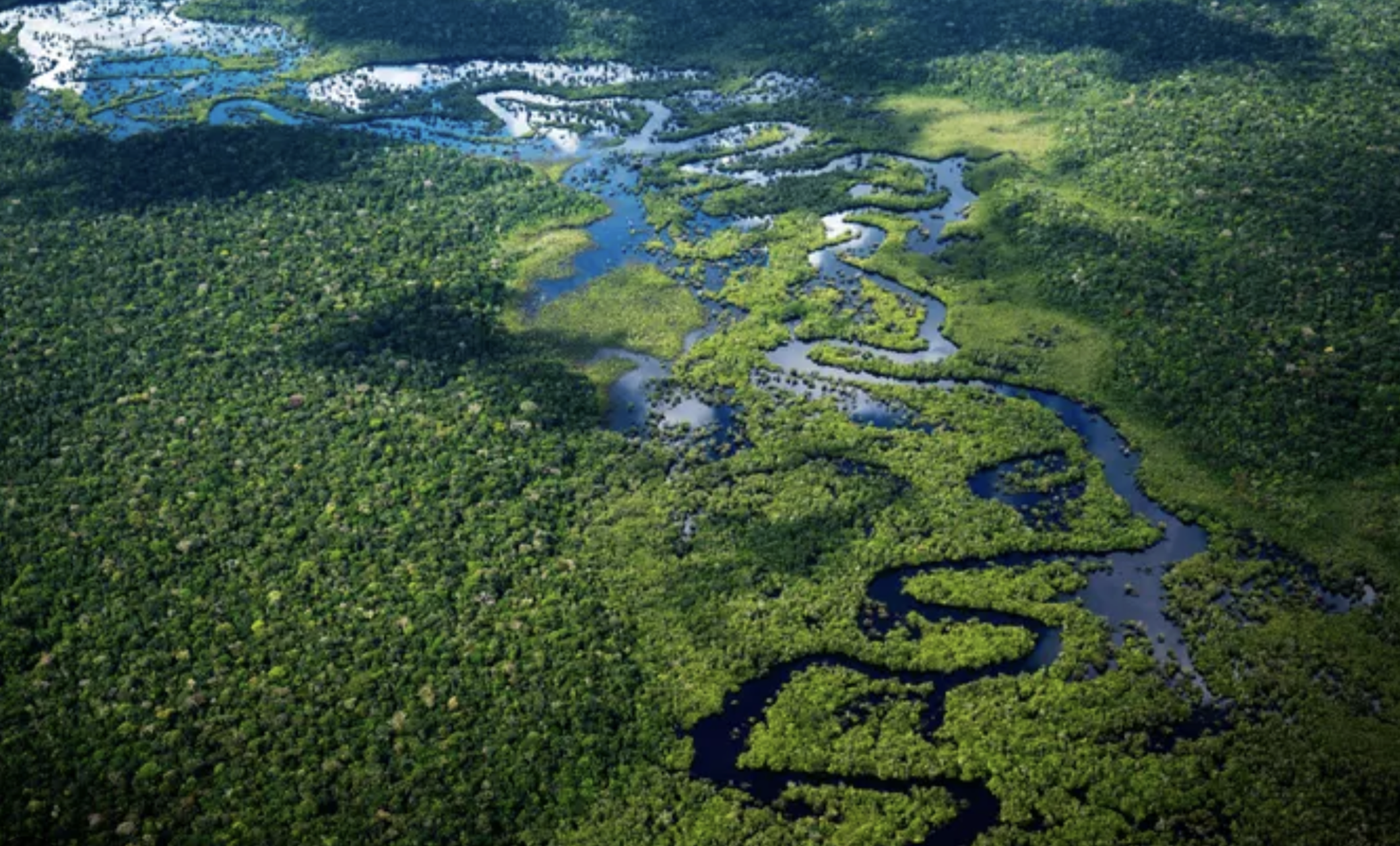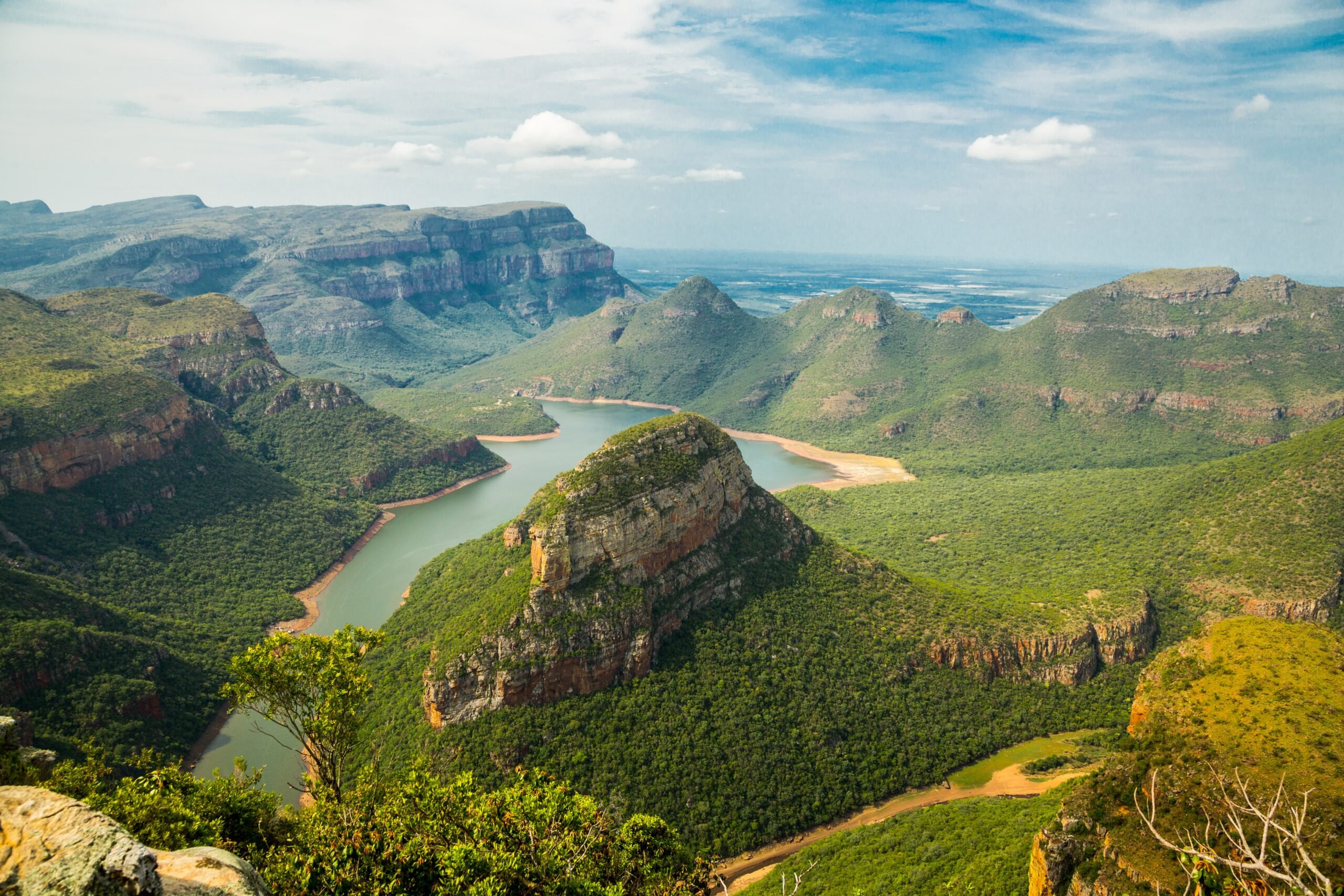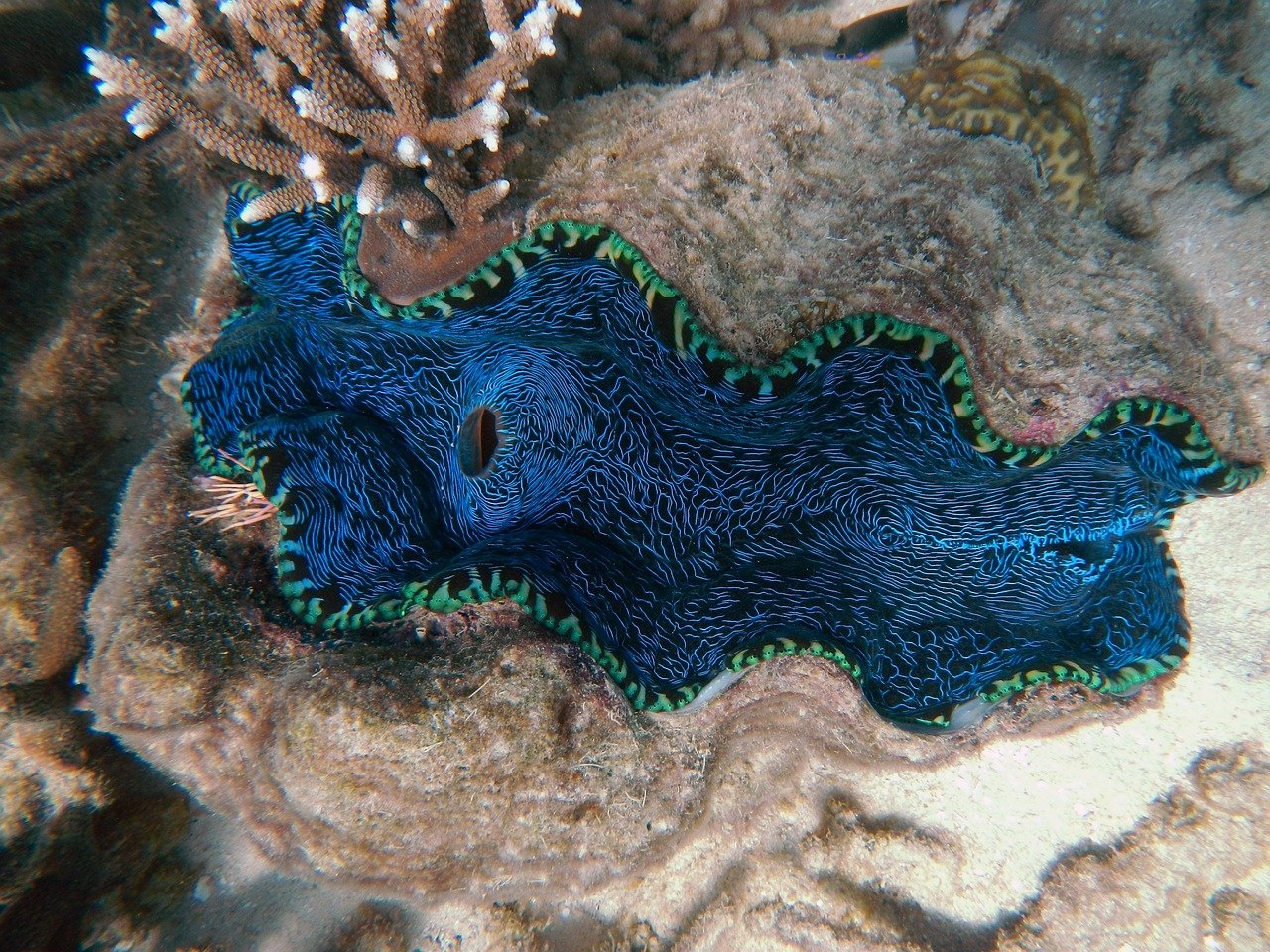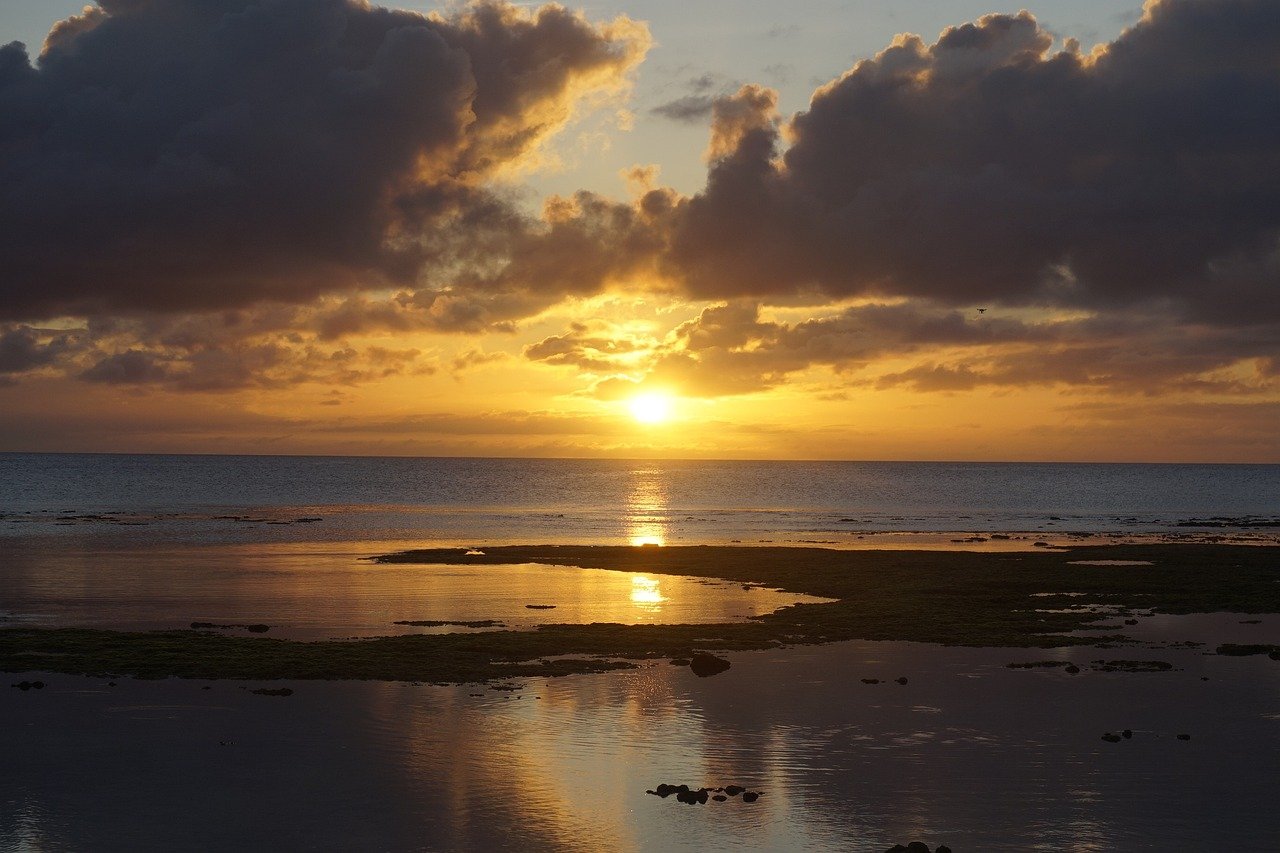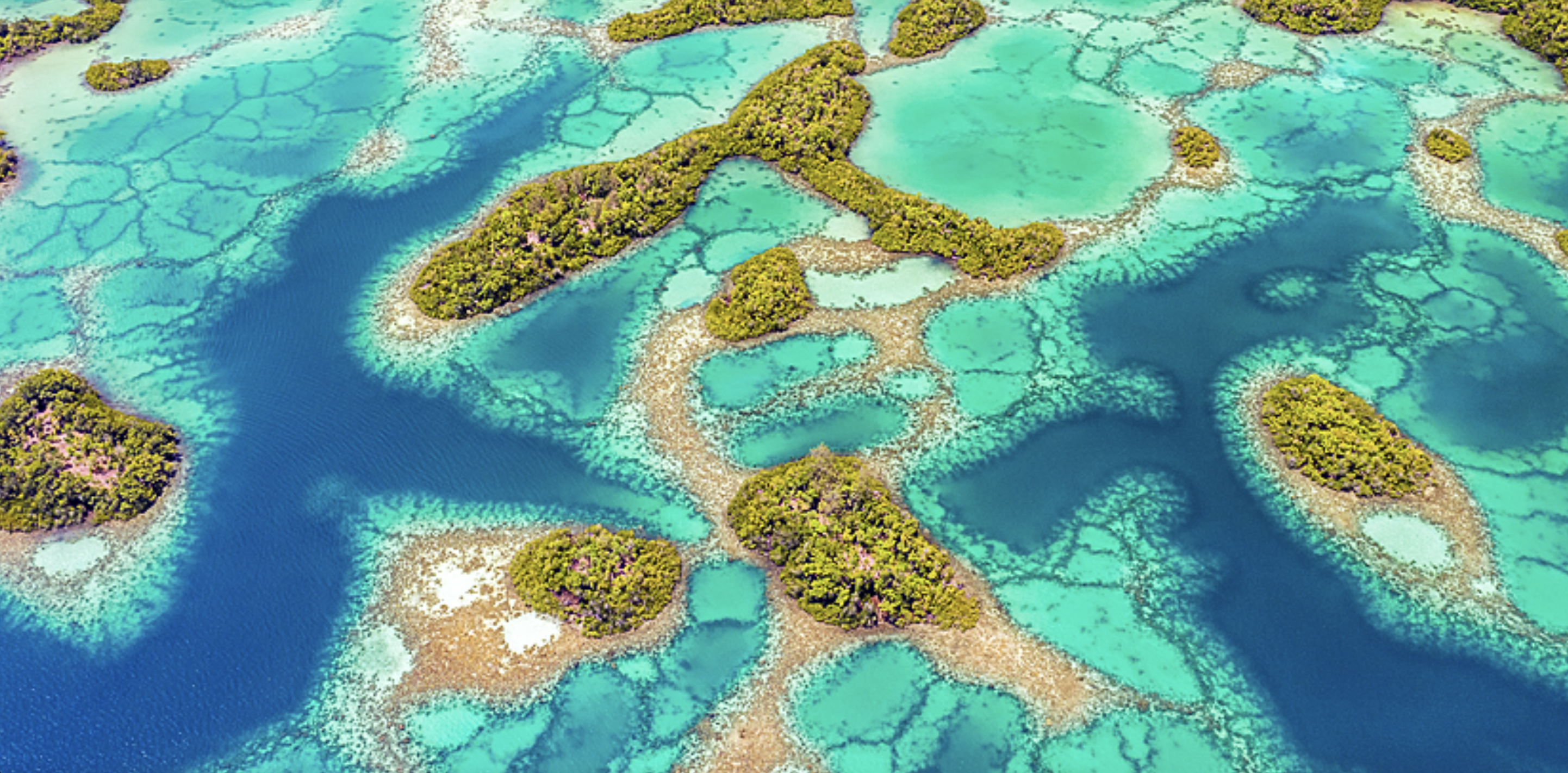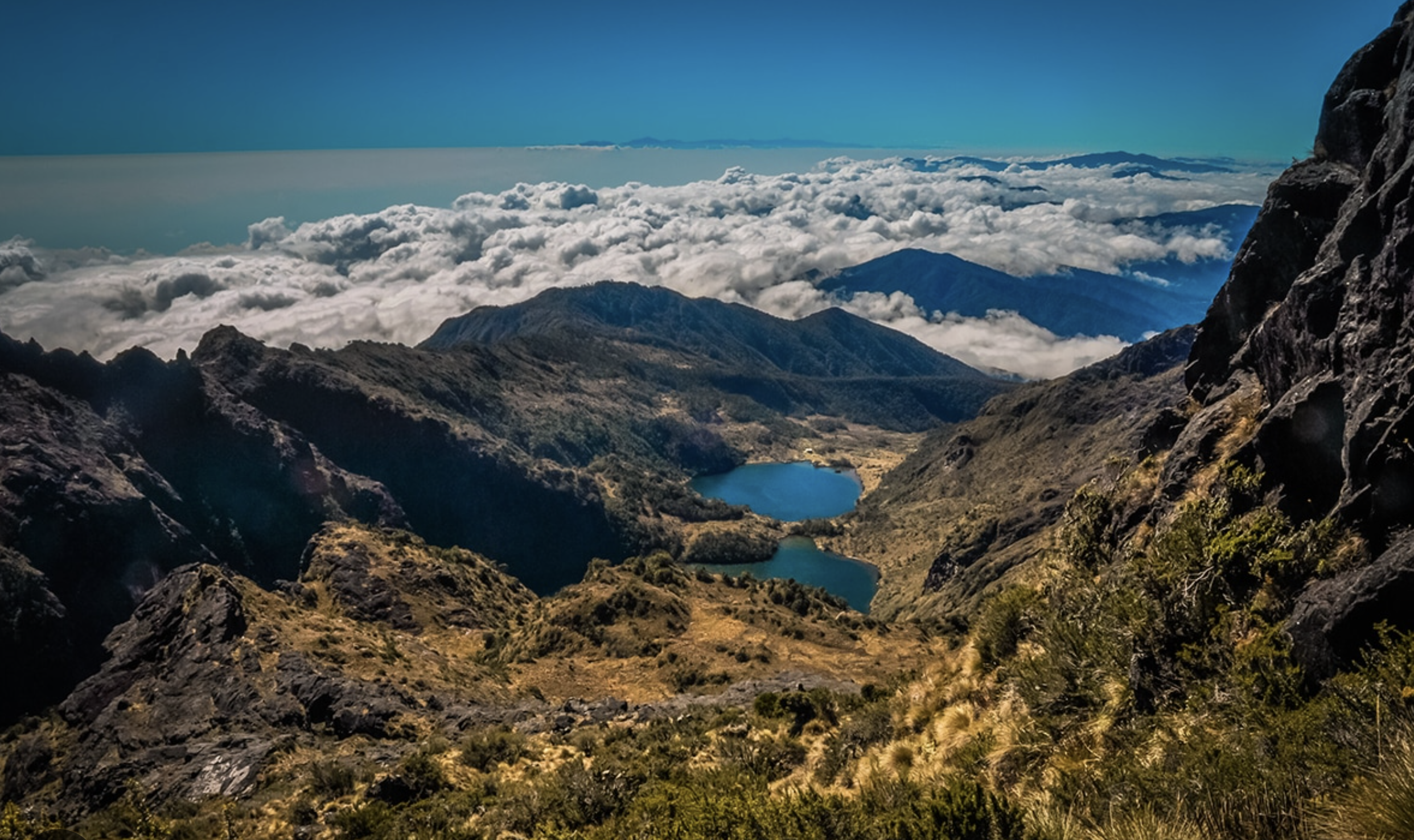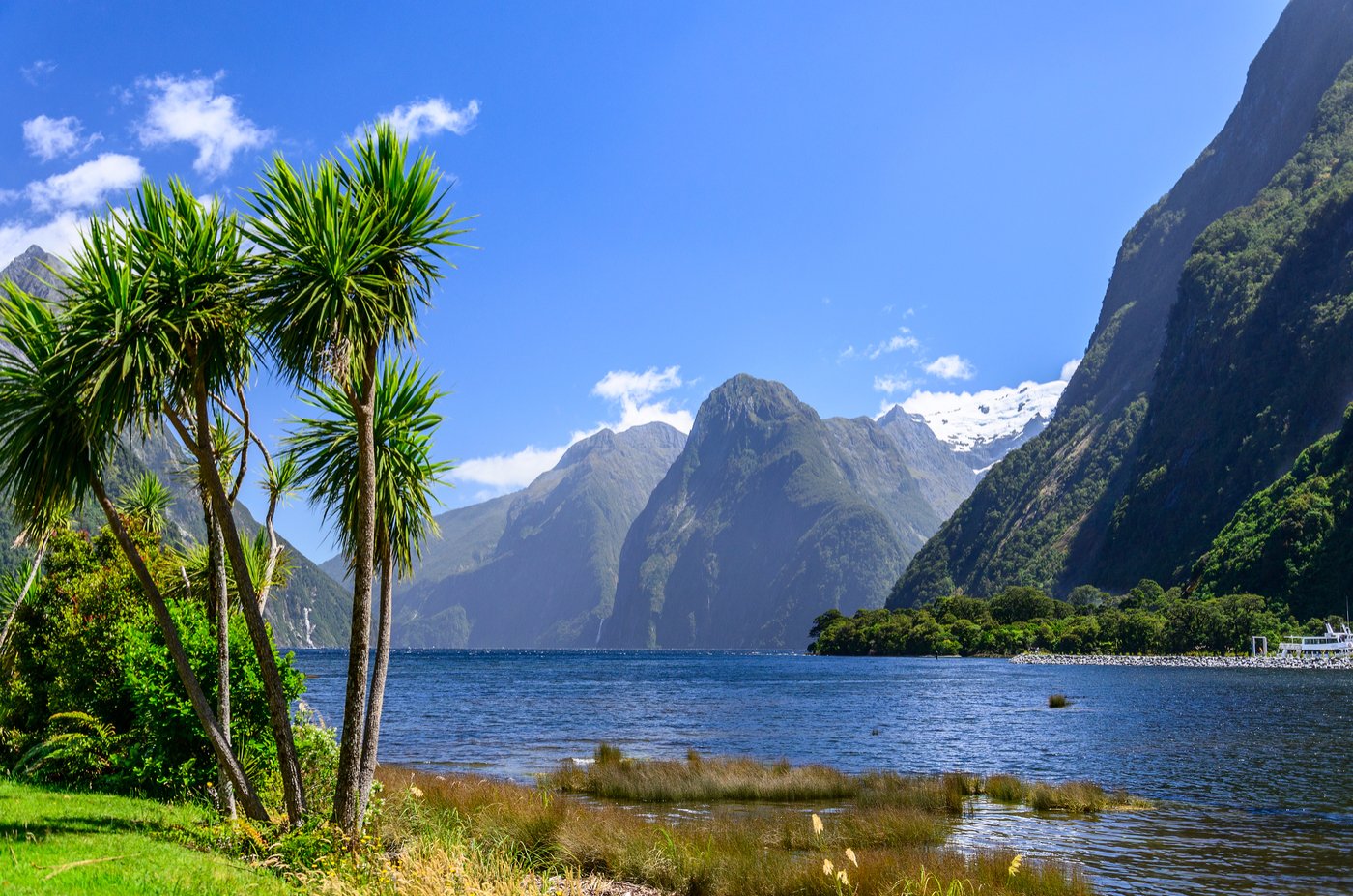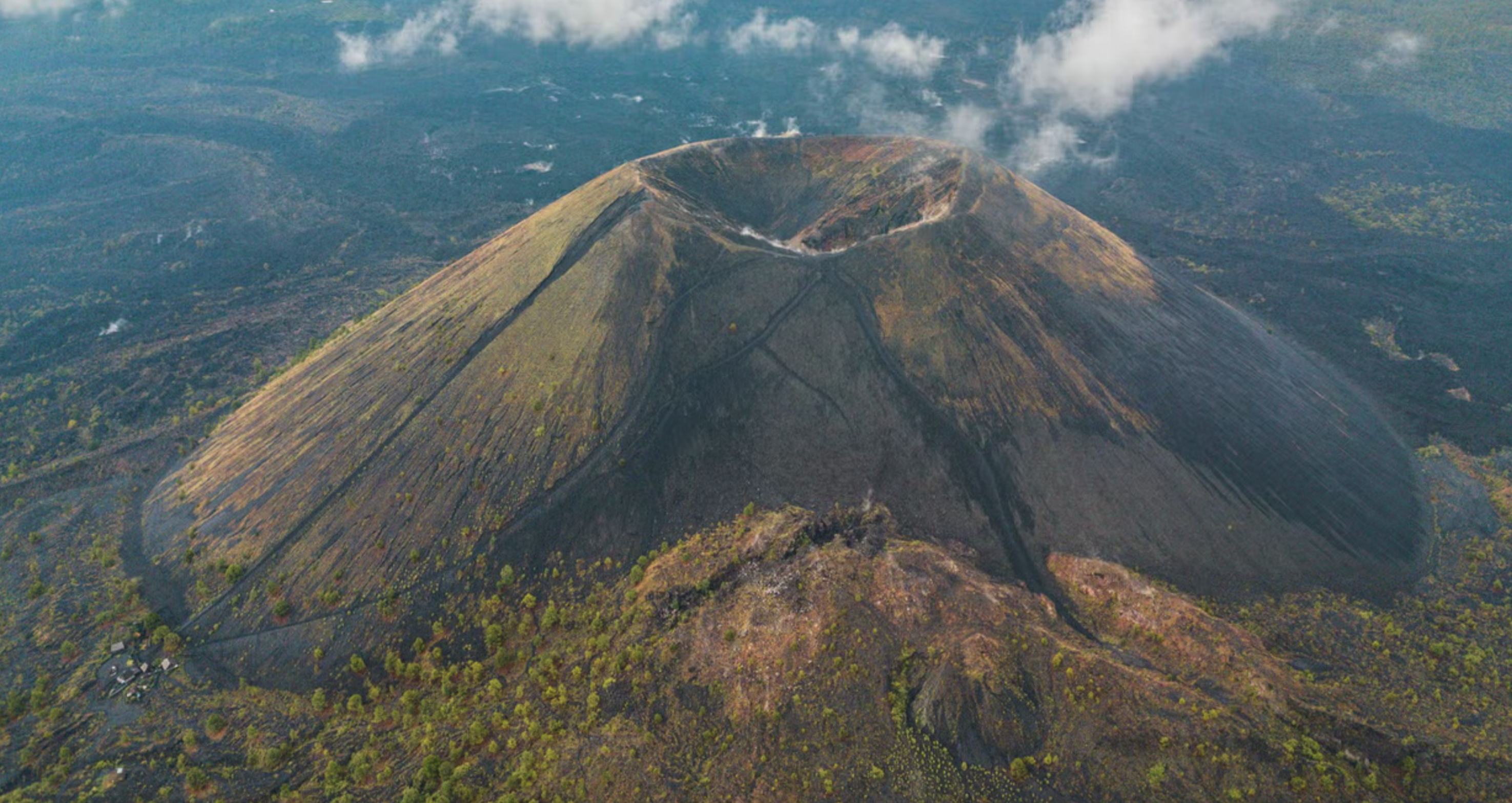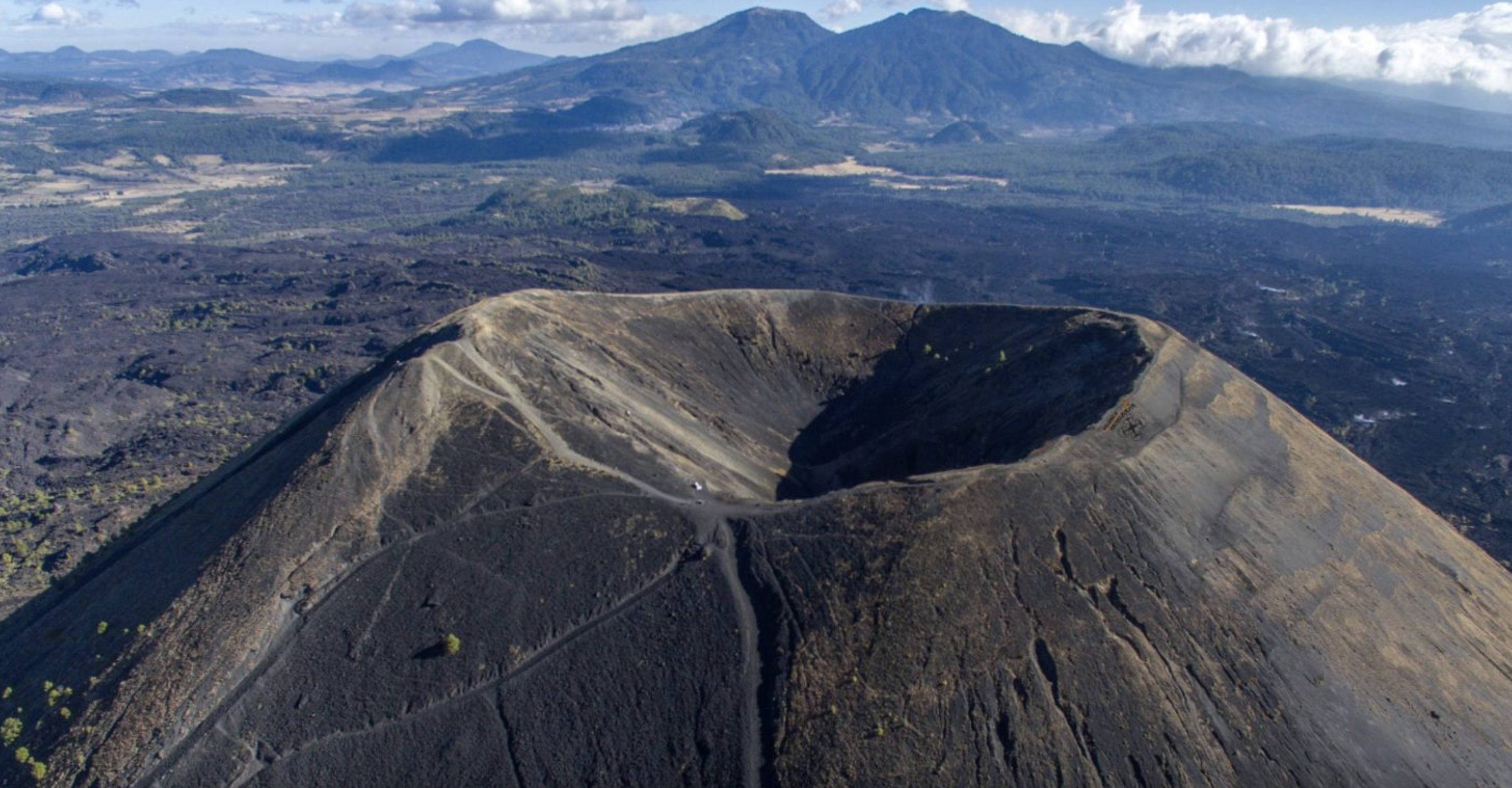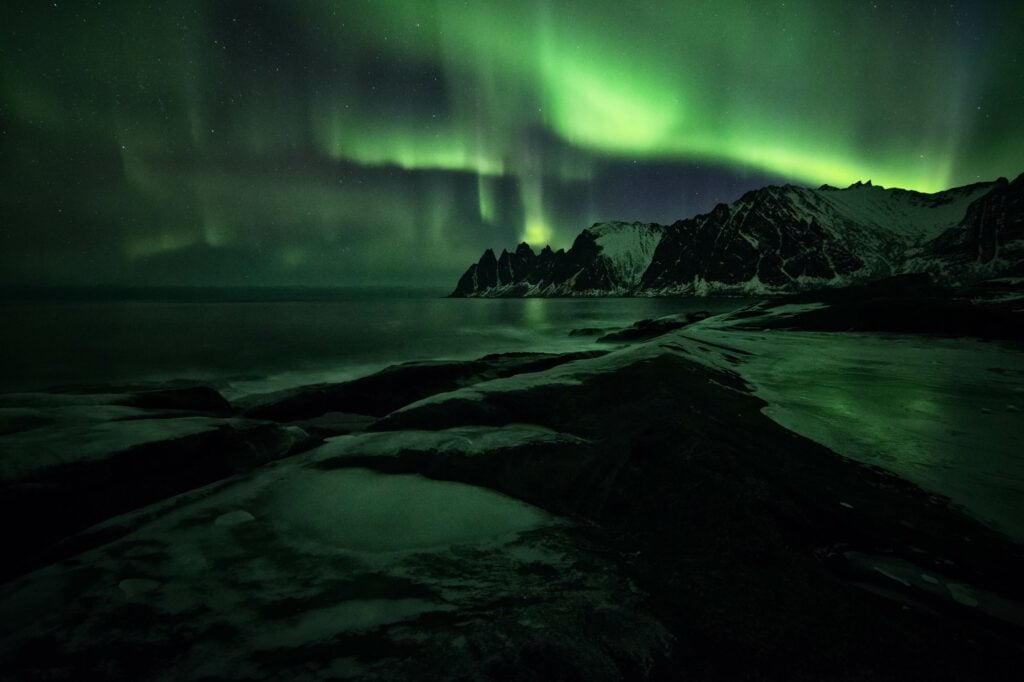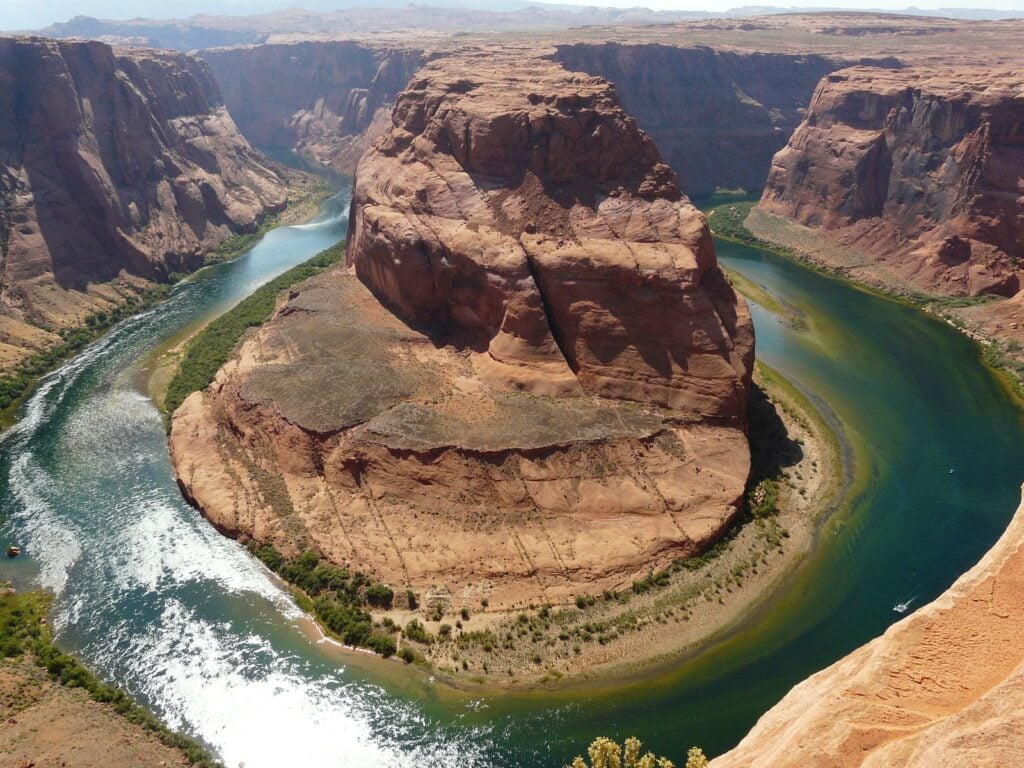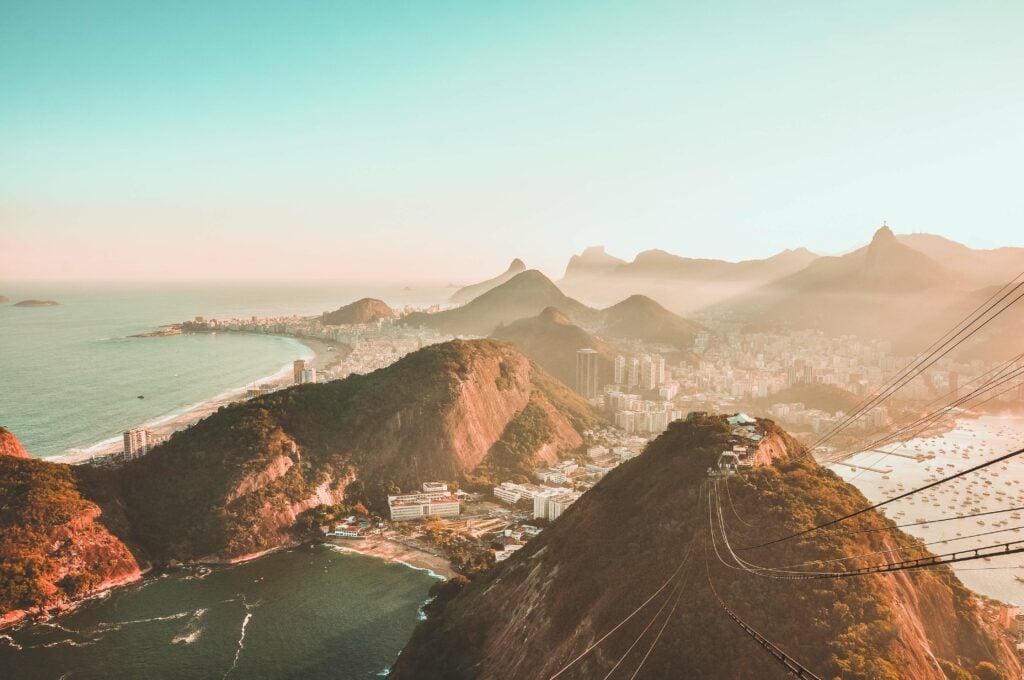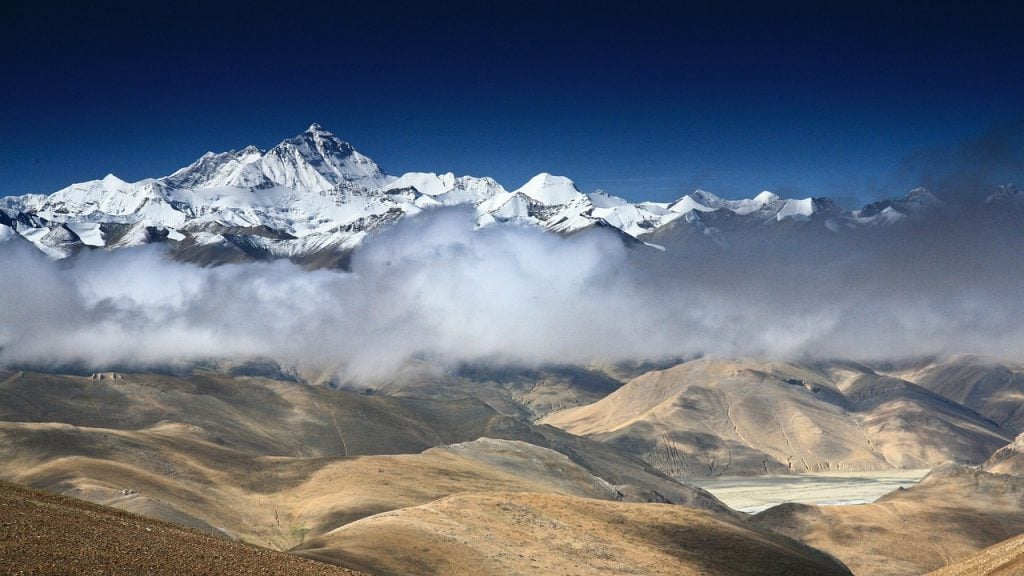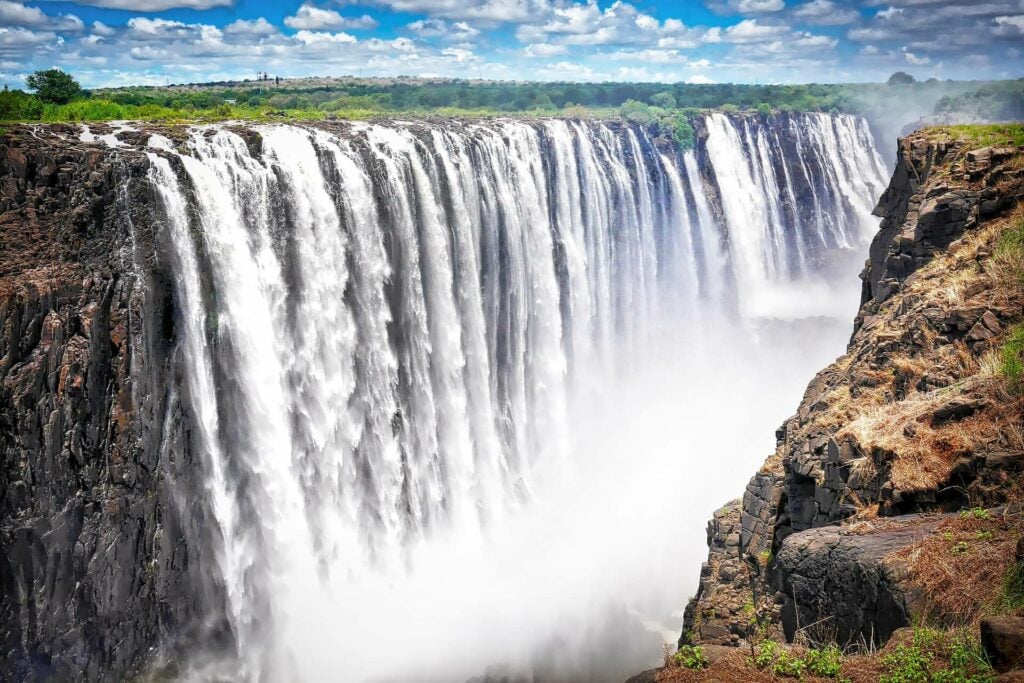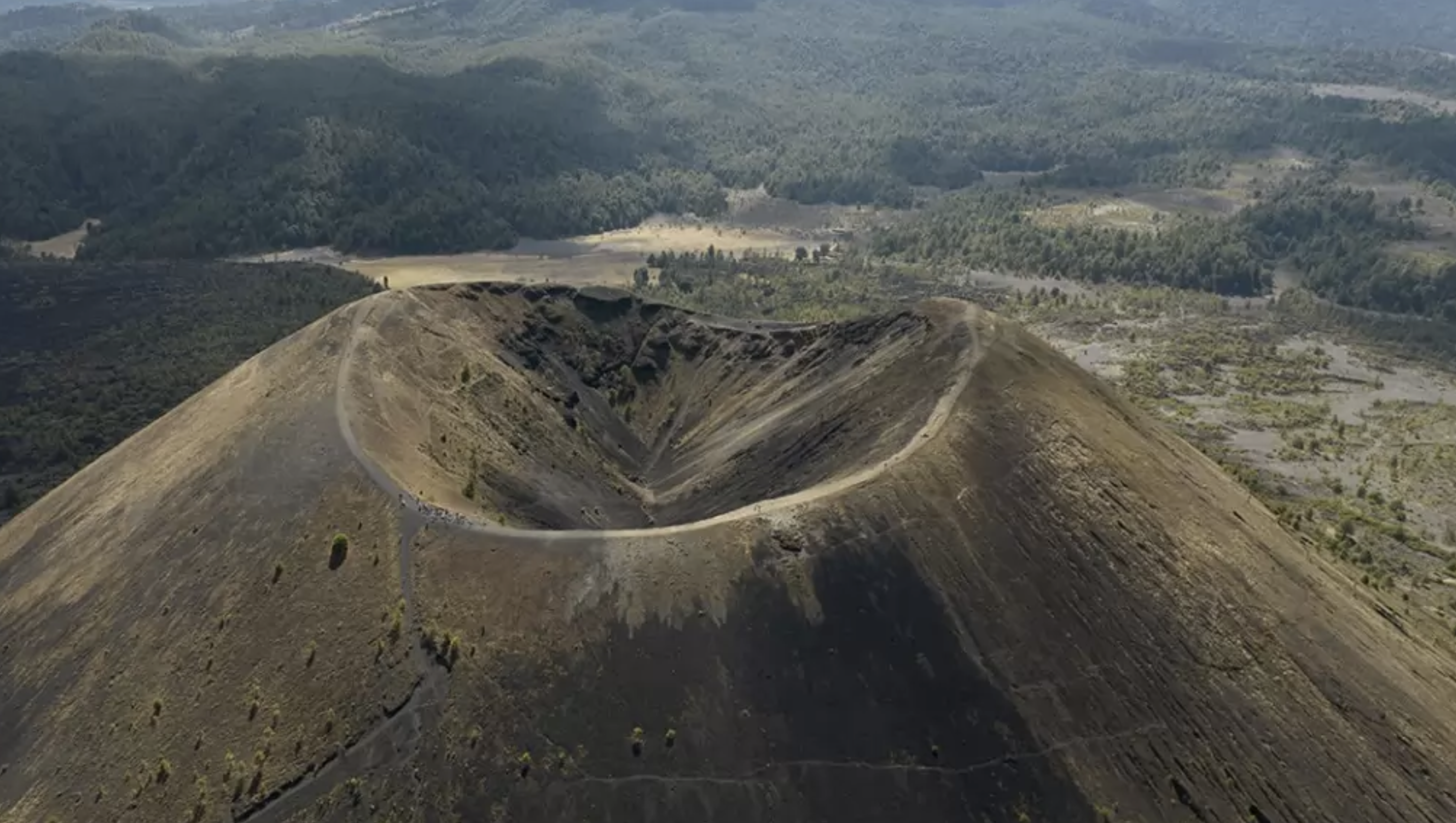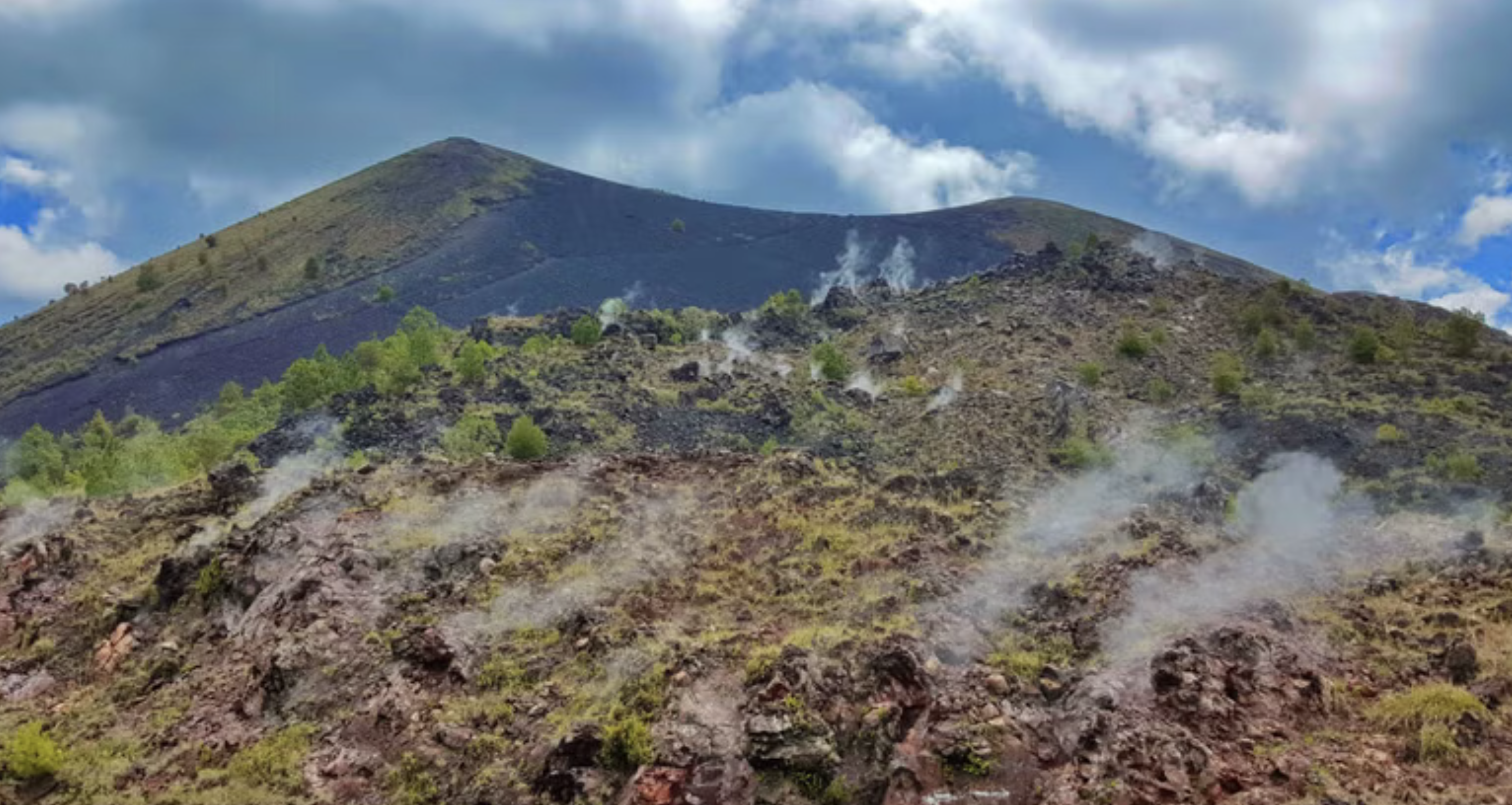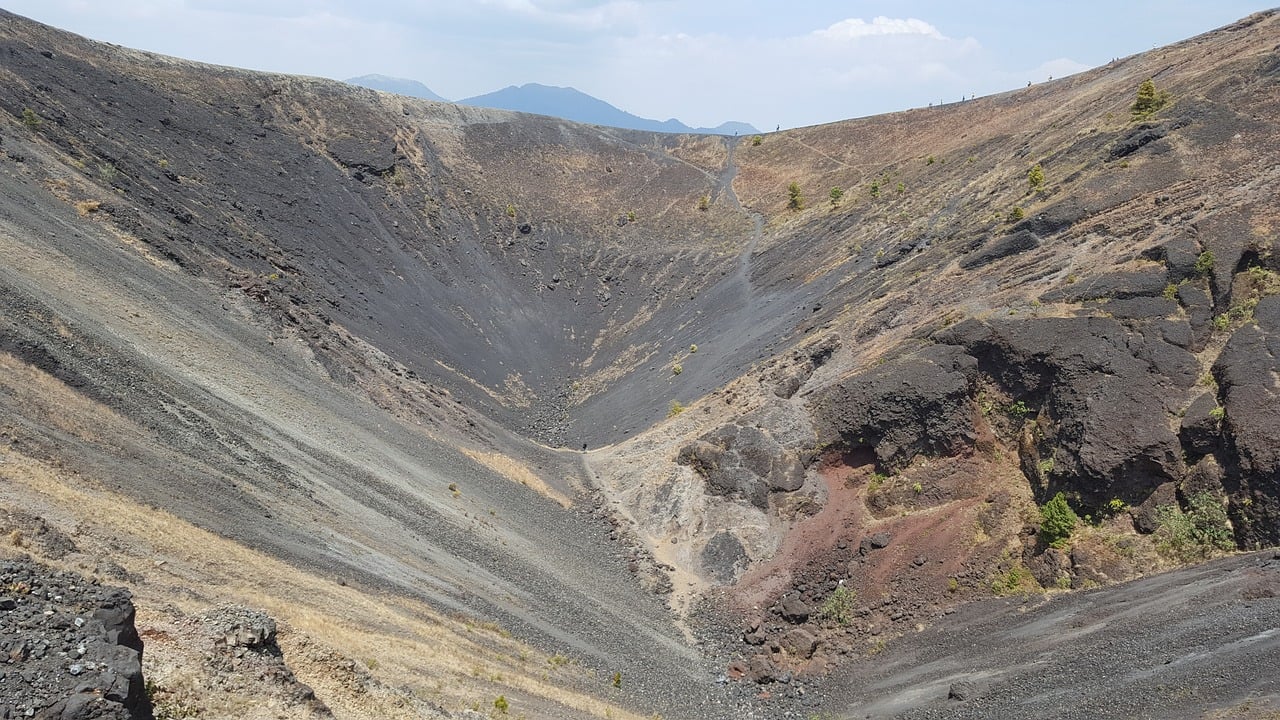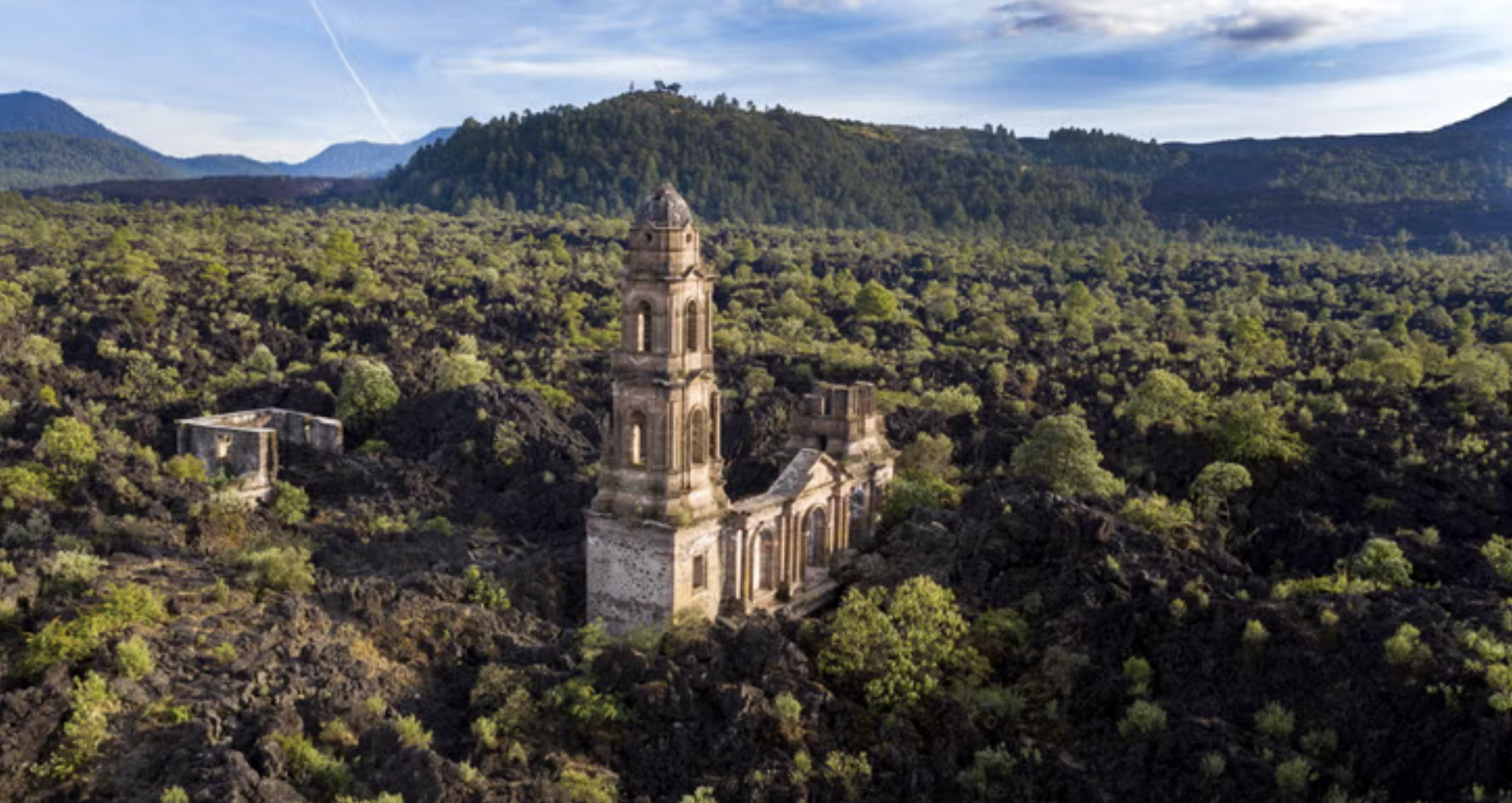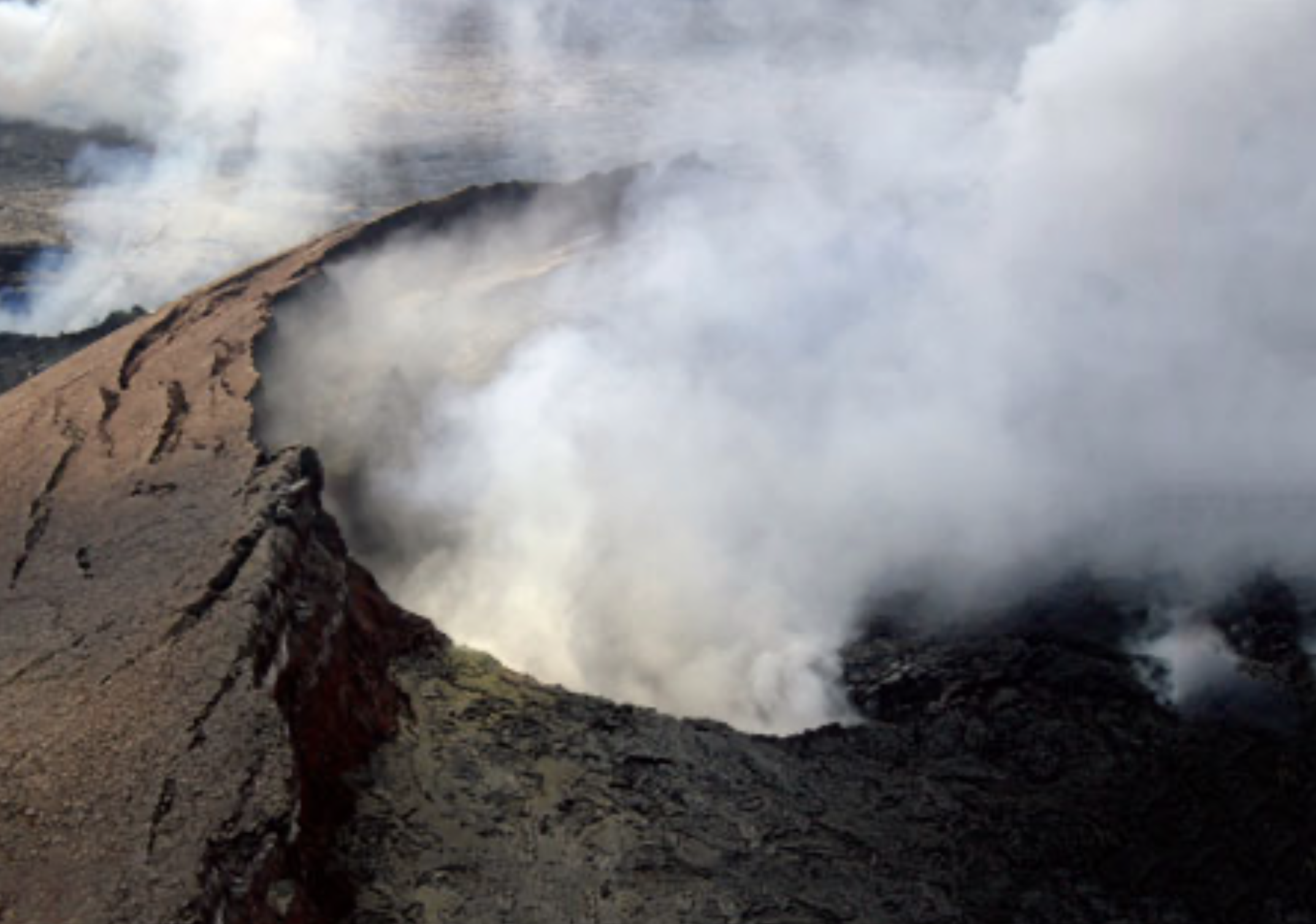Paricutin volcano breaks tradition as a natural wonder. It was originally selected because it was the youngest volcano in the world and its birth was witness by modern humankind.
It qualifies as a natural wonder of the world for several compelling reasons:
- Sudden Emergence:
- Paricutin’s extraordinary birth in 1943, emerging from a Mexican cornfield, showcases the dynamic and unpredictable nature of geological processes.
- Rapid Growth:
- The rapid ascent of Paricutin, reaching over 1,300 feet in a short period, is a testament to the sheer force and intensity of volcanic activity.
- Transformative Impact:
- The eruption dramatically transformed the surrounding landscape, burying villages beneath ash and reshaping the terrain, illustrating the profound impact of natural events.
- Unique Geological Features:
- The ash-covered fields and solidified lava flows around Paricutin create a surreal and captivating landscape, highlighting the unique geological features resulting from the eruption.
- Cultural Significance:
- Paricutin’s eruption had a significant impact on local communities, providing a cultural and historical narrative of resilience and adaptation in the face of natural forces.
- Ongoing Geological Processes:
- Paricutin continues to be an active volcano, serving as a living example of ongoing geological processes, making it a valuable site for scientific study and observation.
- Biodiversity Resilience:
- The surrounding area, despite the harsh volcanic conditions, supports a resilient and adapted ecosystem, showcasing the ability of life to endure and thrive in challenging environments.
- Educational Value:
- Paricutin offers a unique educational opportunity for researchers, scientists, and visitors to study the evolution of a volcanic landscape and gain insights into Earth’s geological history.
- Visual Spectacle:
- The visual spectacle of Paricutin, with its towering silhouette against the sky and the contrast of ash-covered fields, creates a captivating and otherworldly scene that draws admiration and awe.
- Touristic Attraction:
- As a touristic attraction, Paricutin offers visitors a chance to witness the beauty and power of nature, promoting awareness and appreciation for the Earth’s dynamic and ever-changing features.
In summary, Paricutin volcano’s sudden emergence, rapid growth, transformative impact, unique geological features, cultural significance, ongoing geological processes, biodiversity resilience, educational value, visual spectacle, and touristic appeal collectively contribute to its recognition as one of the 7 Natural Wonders of the World.

